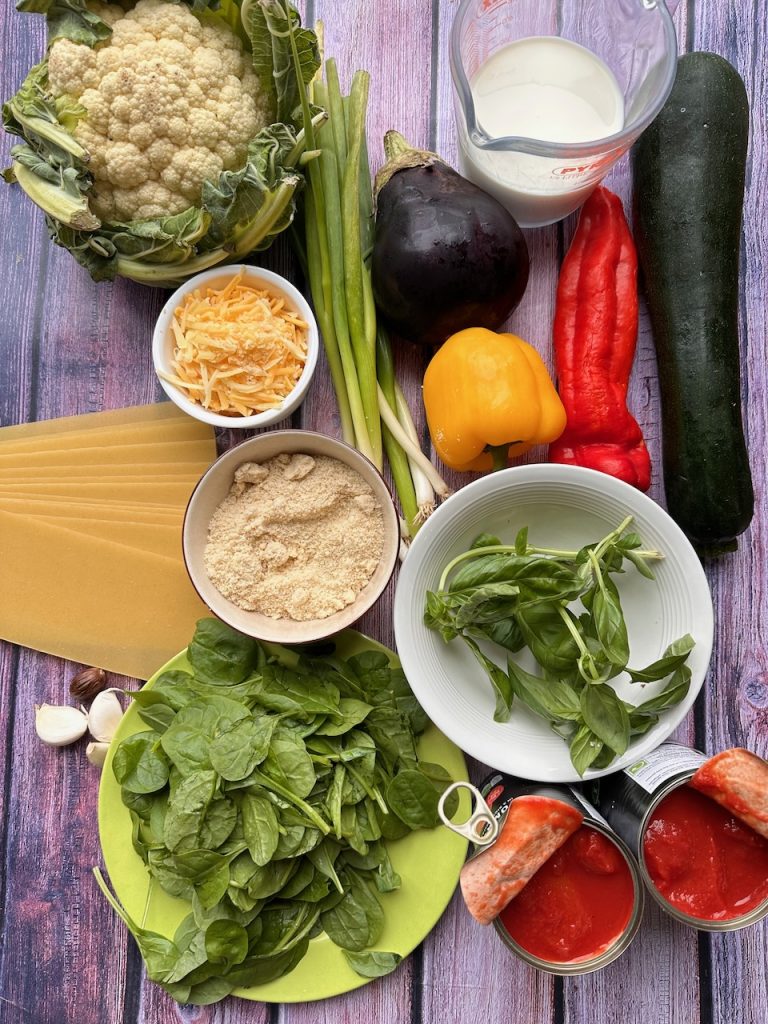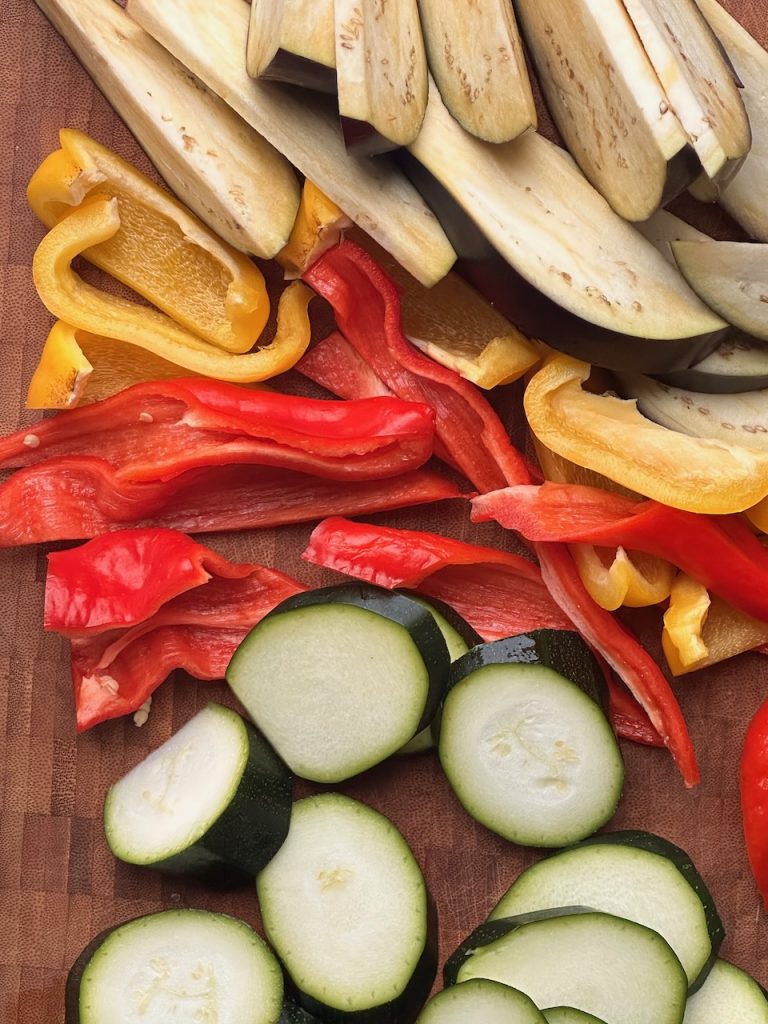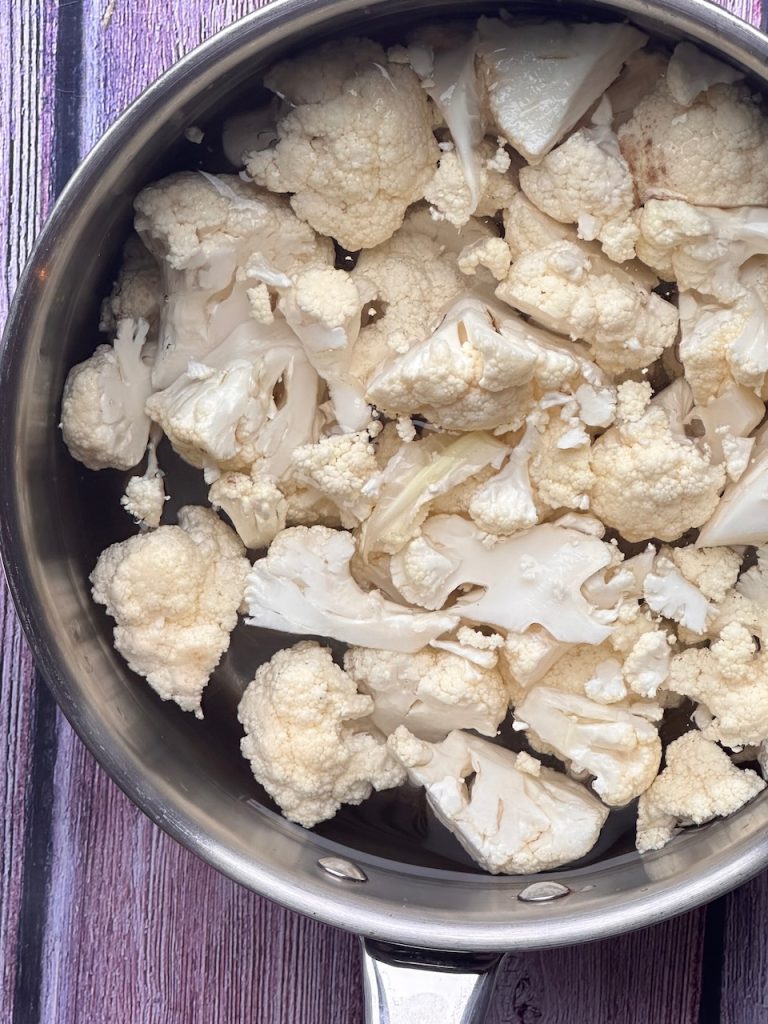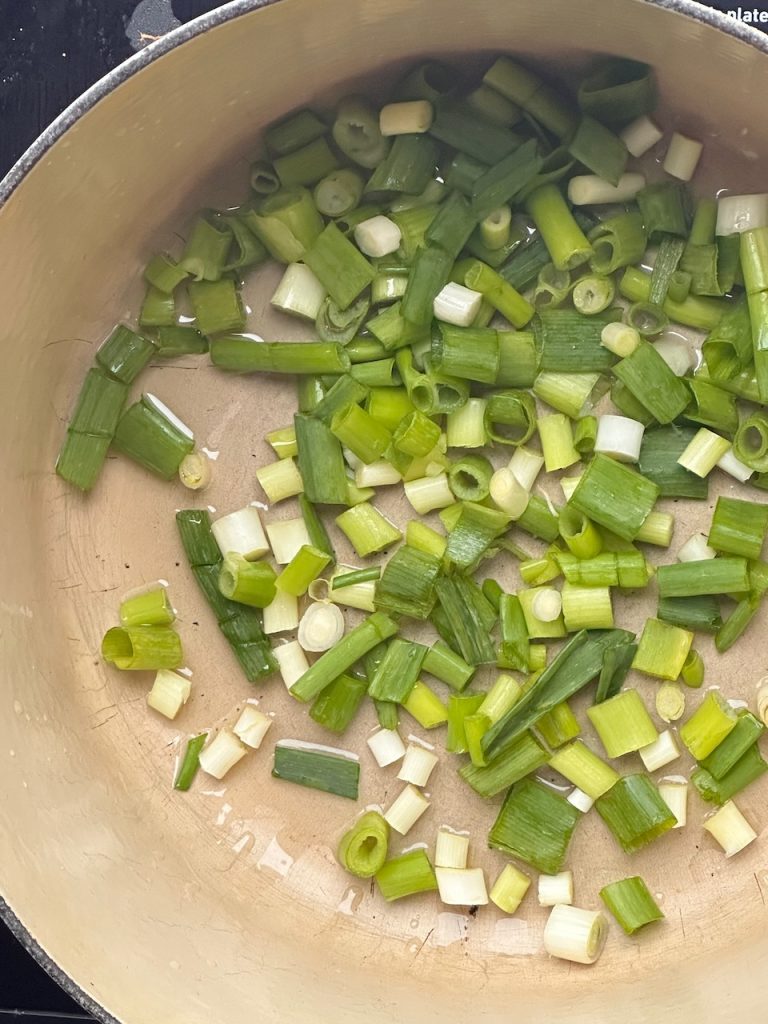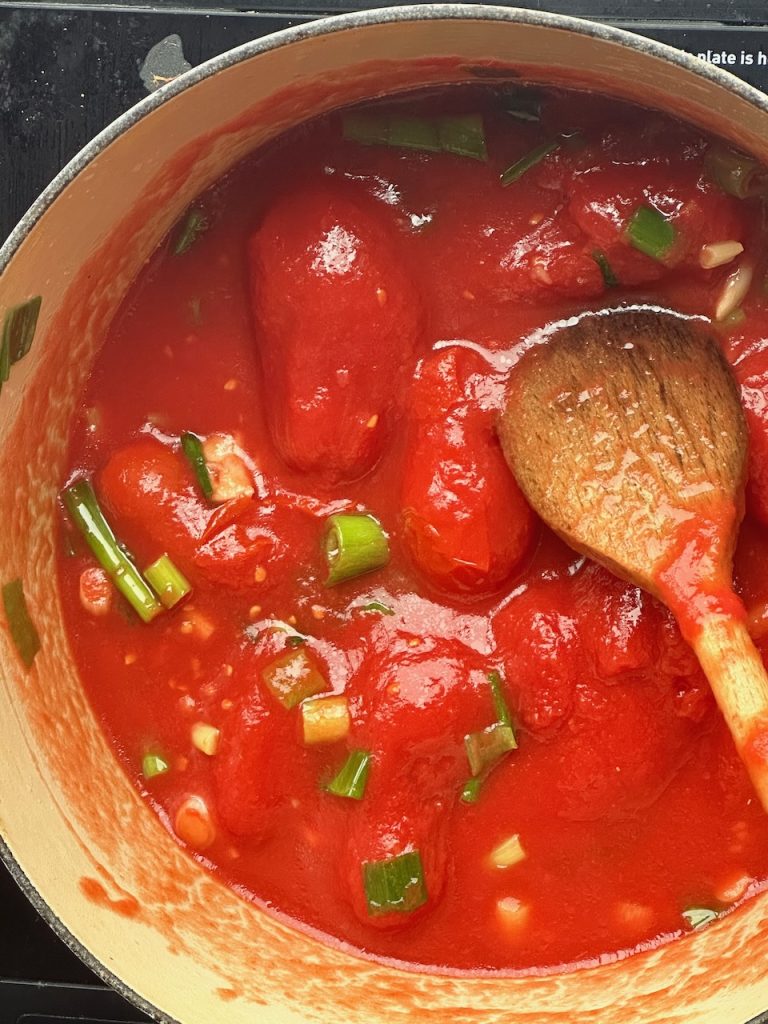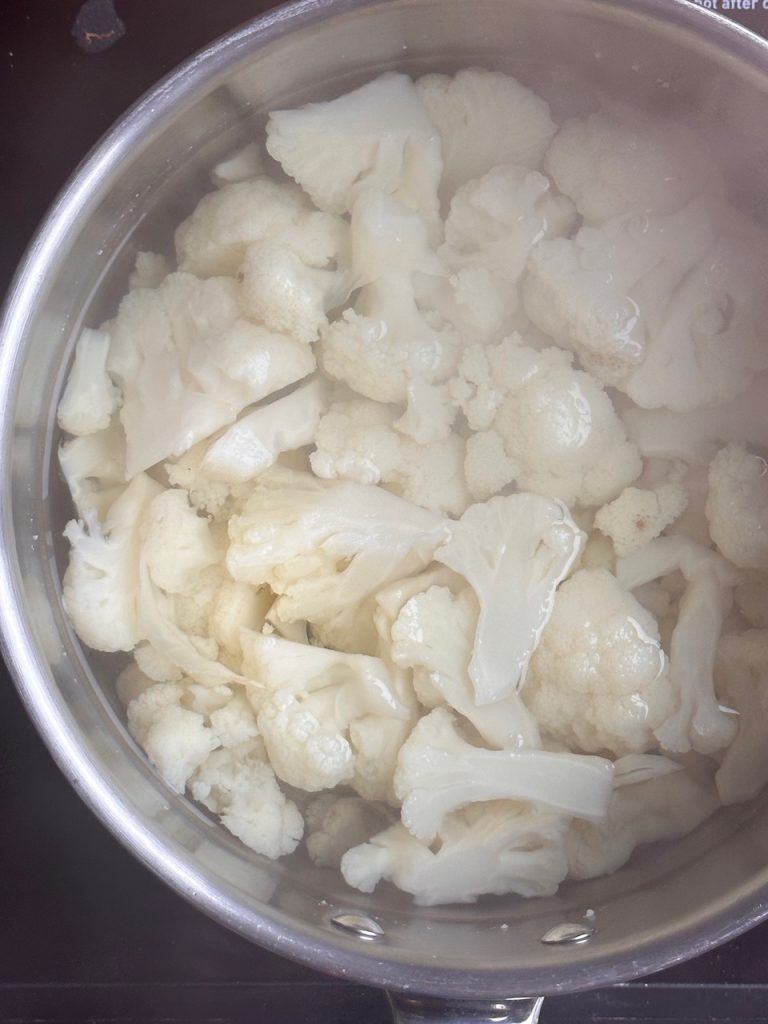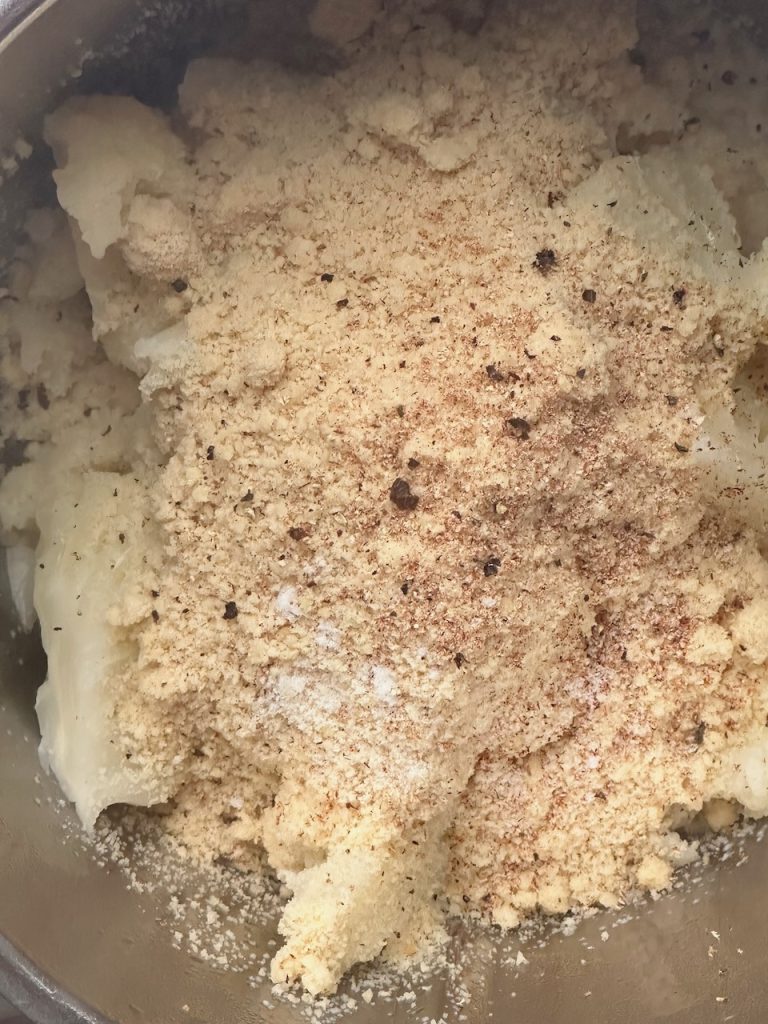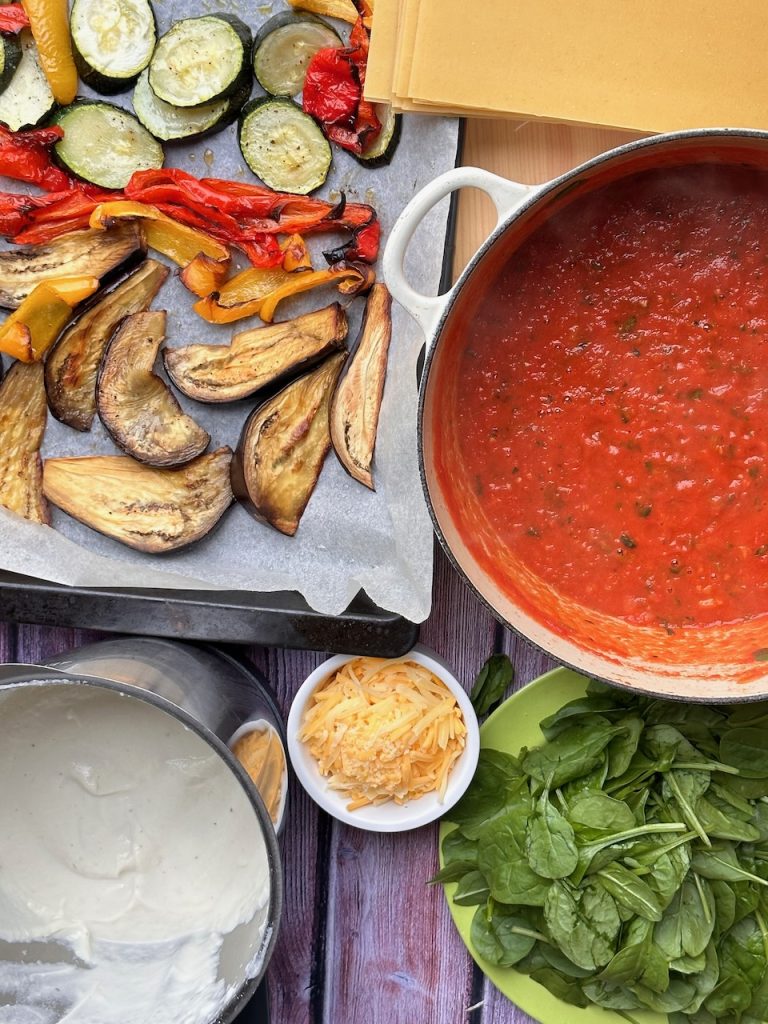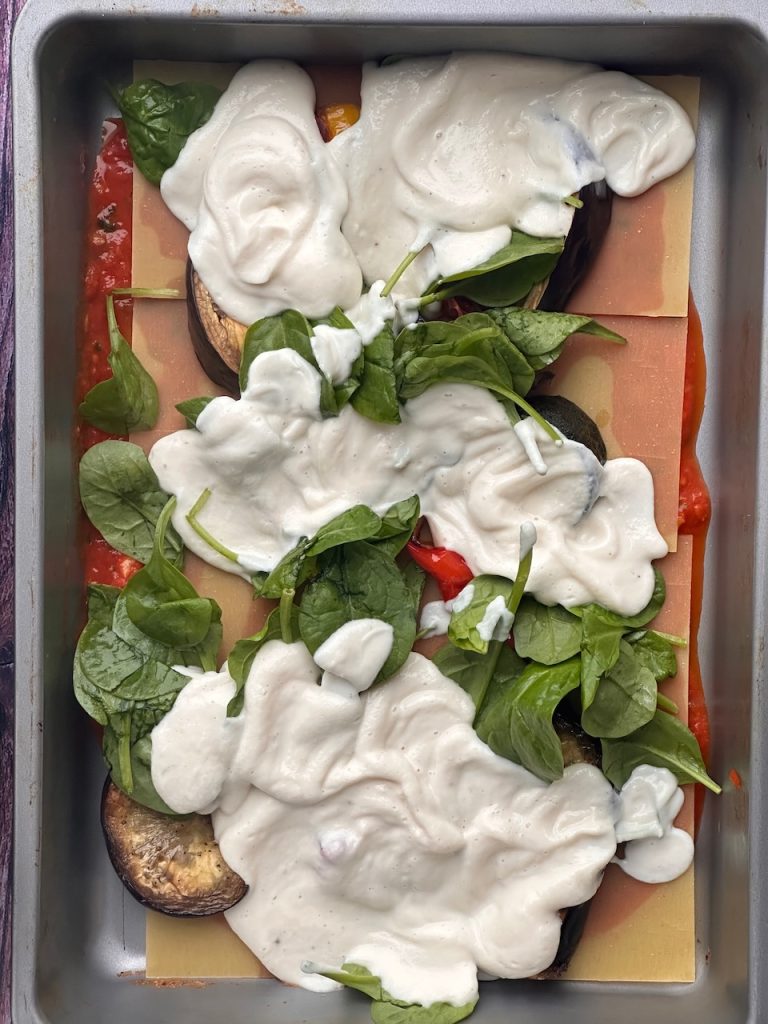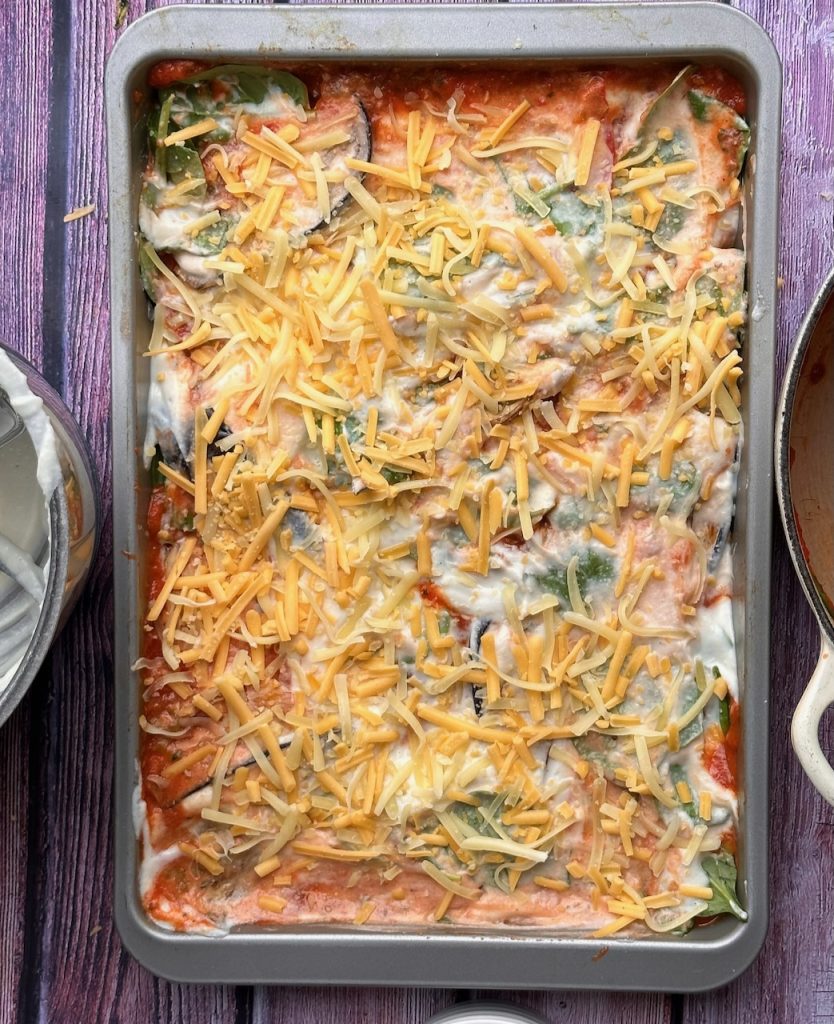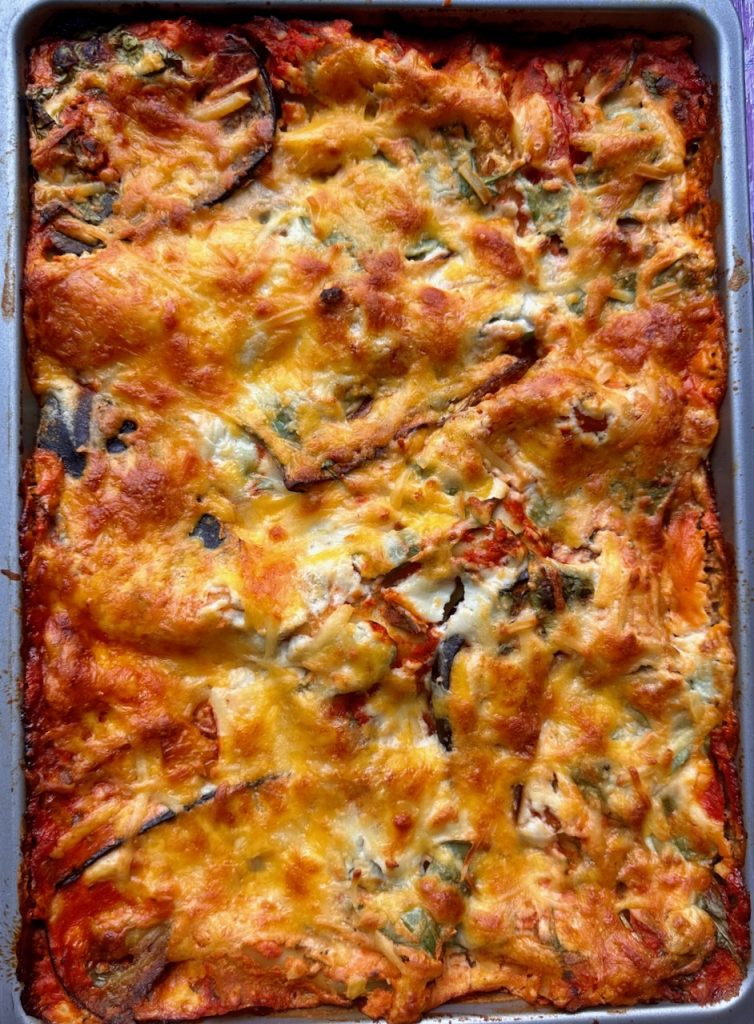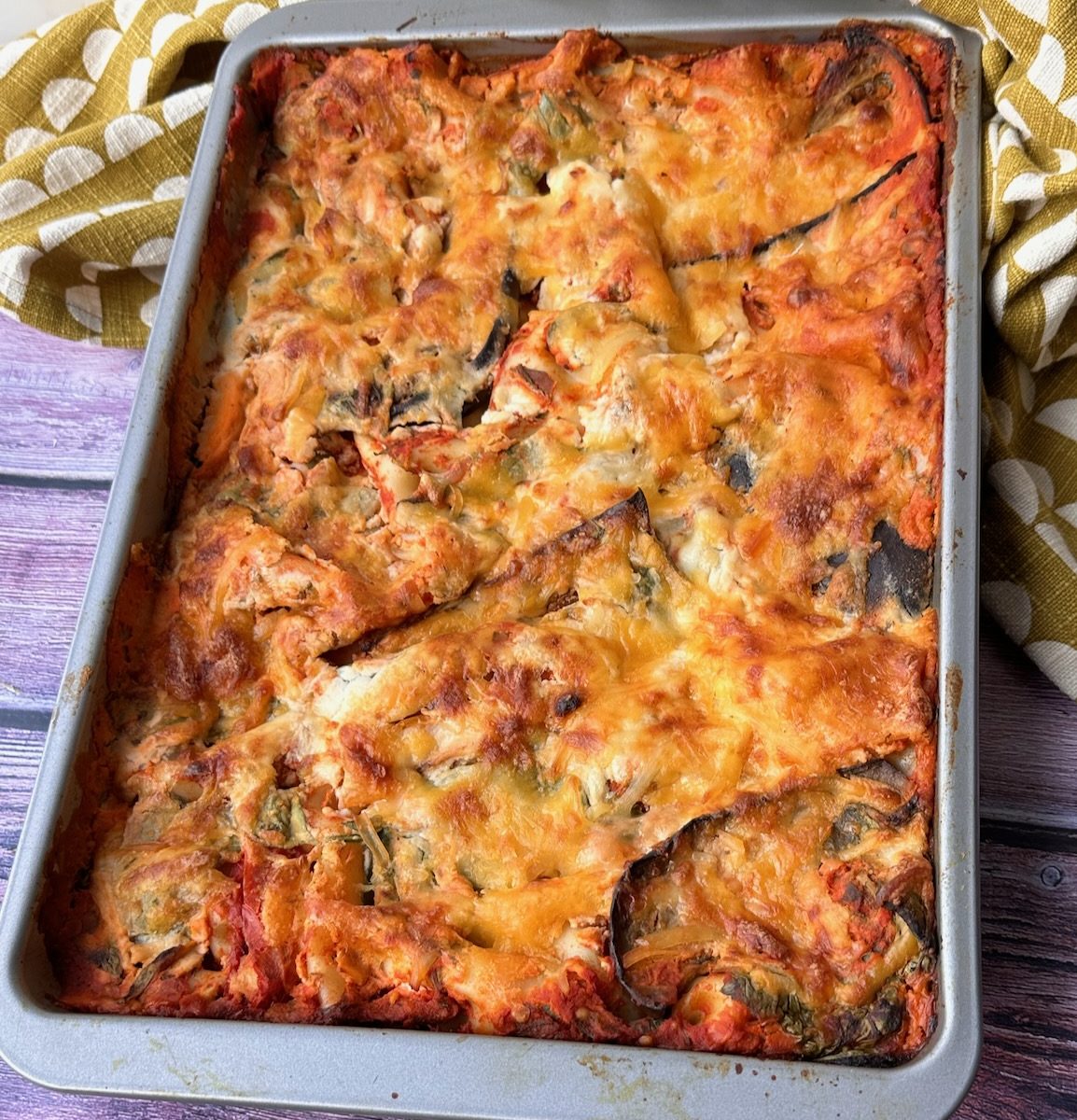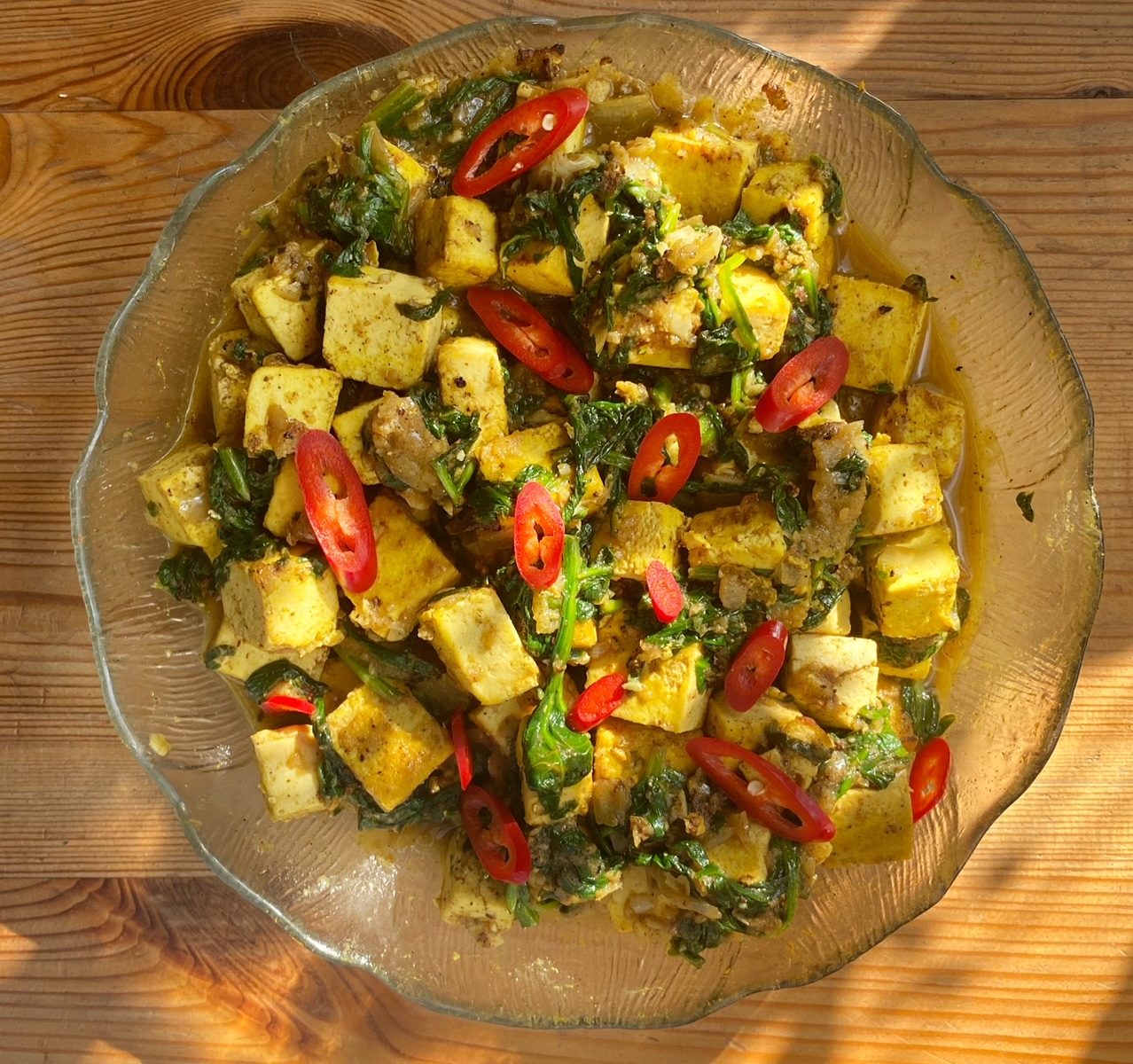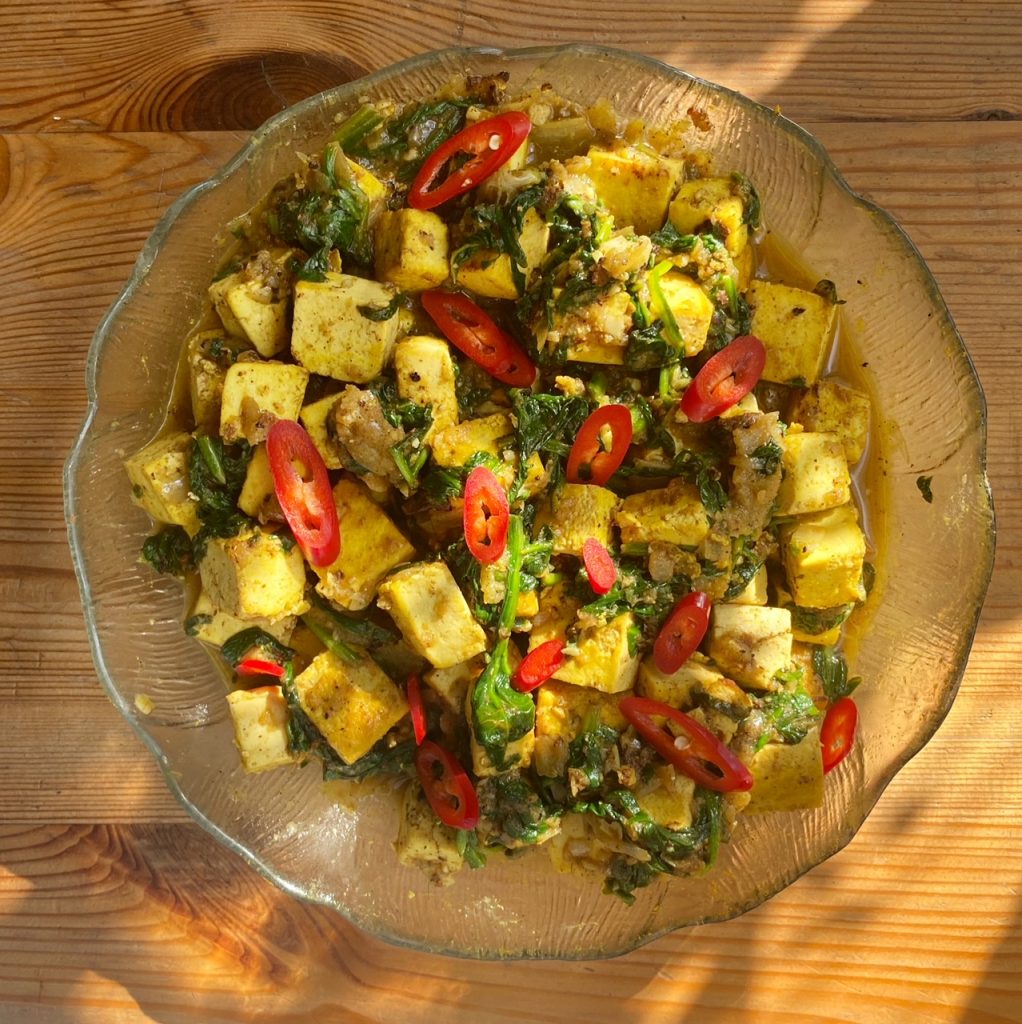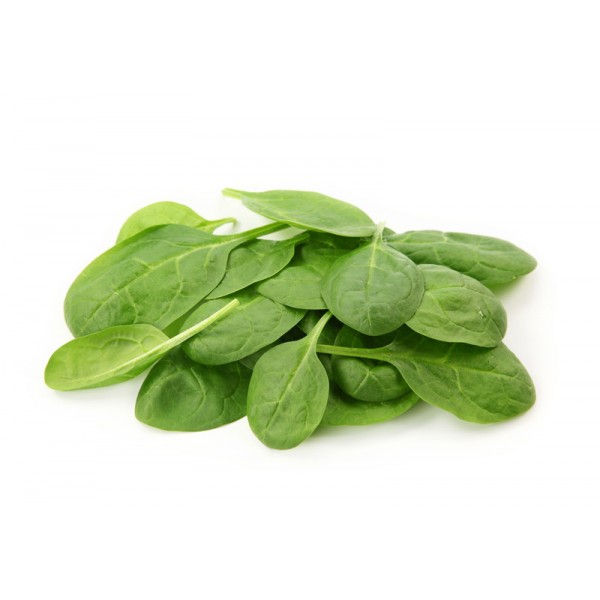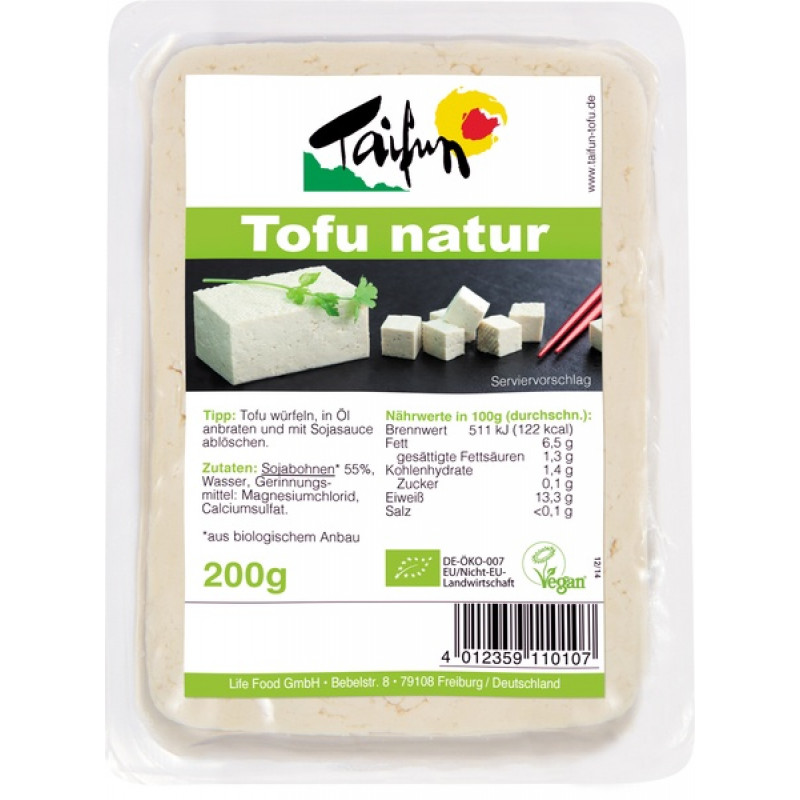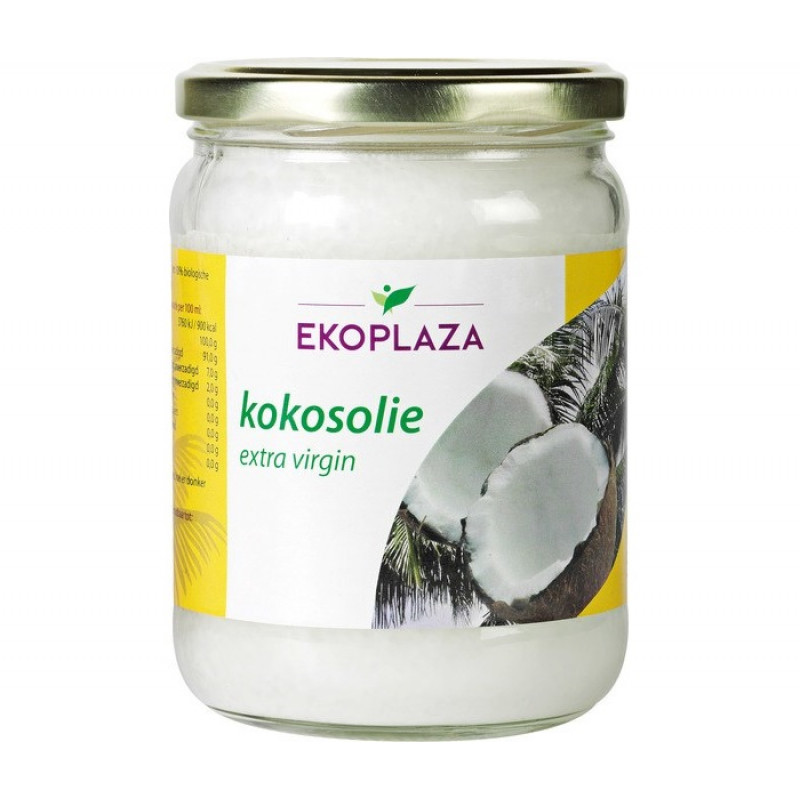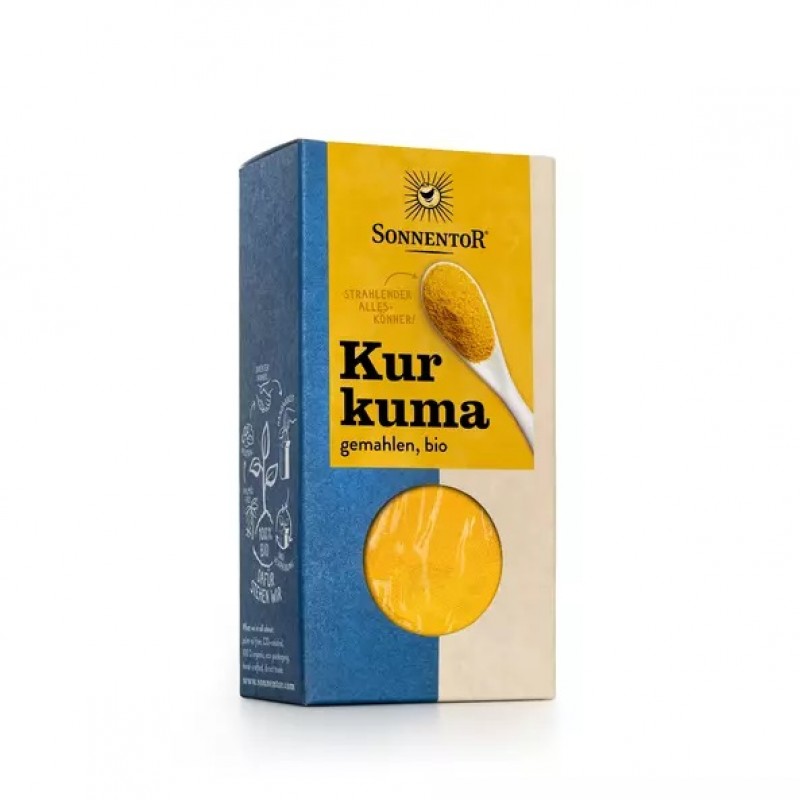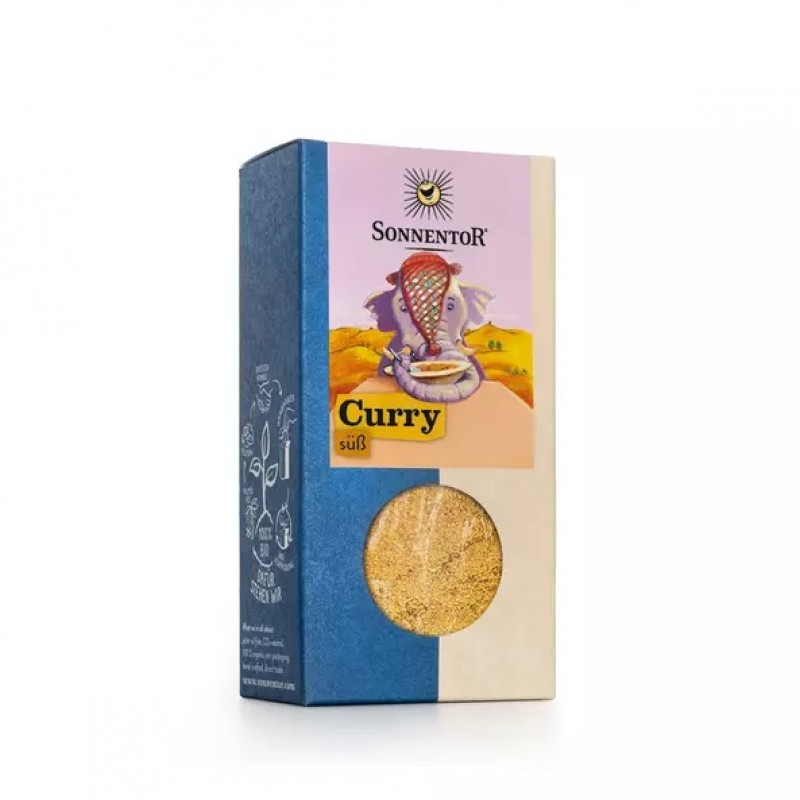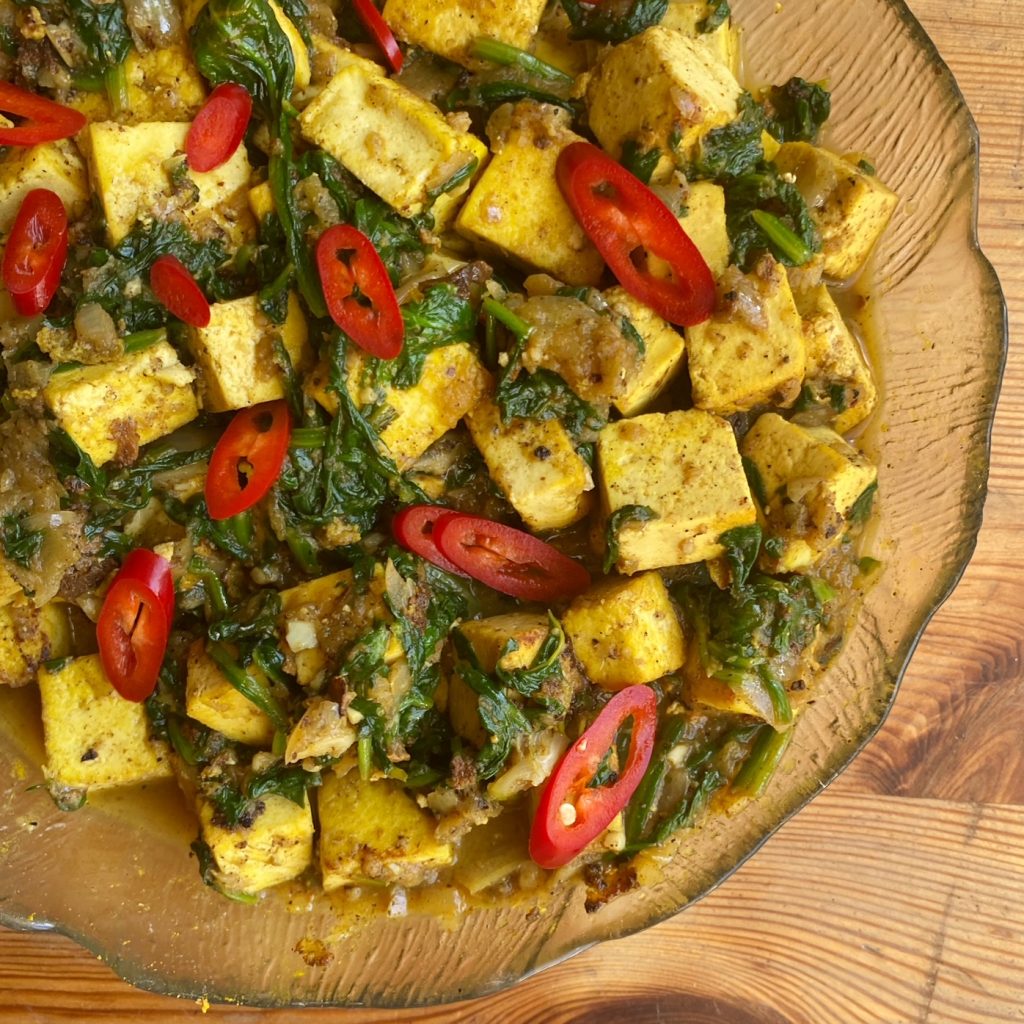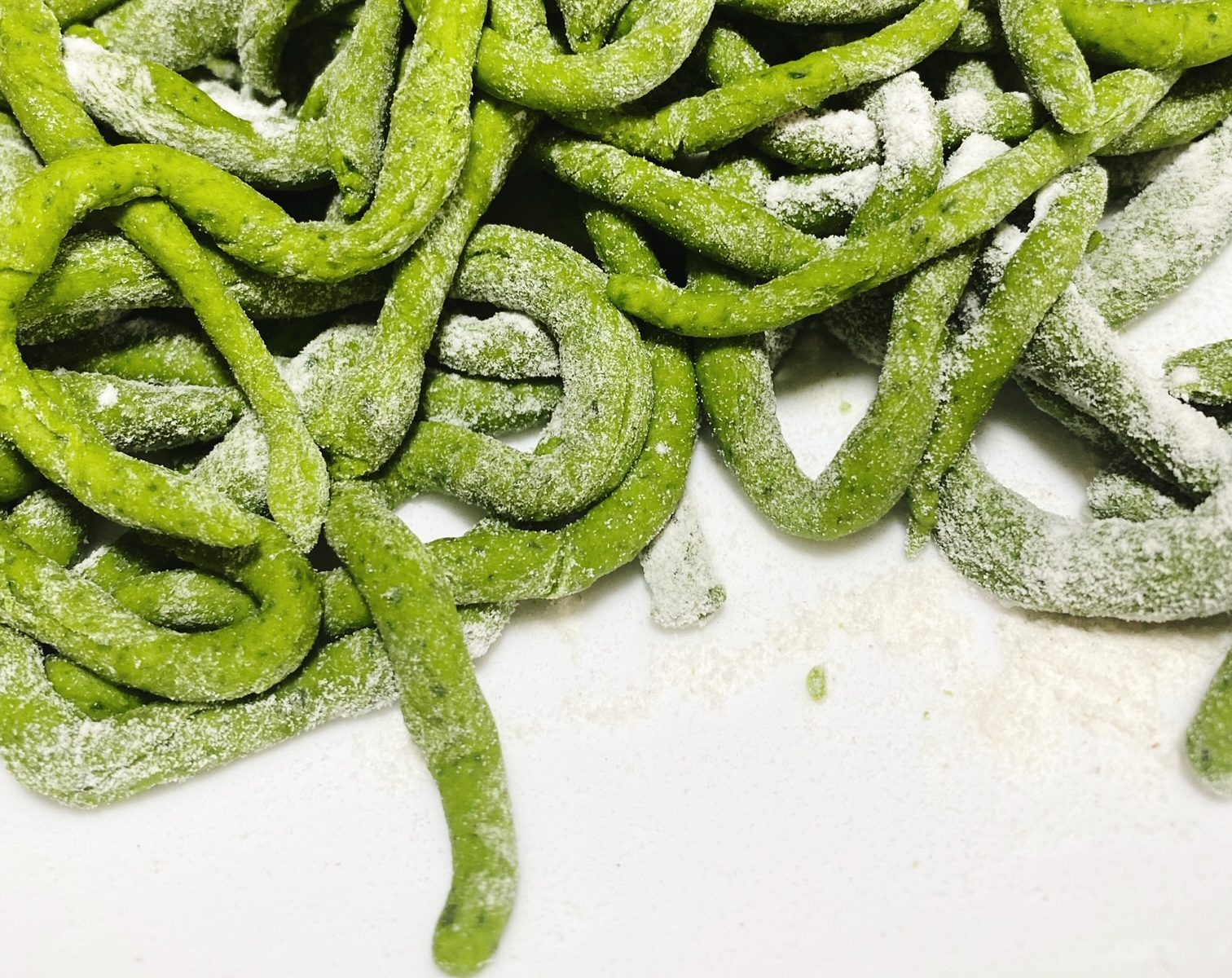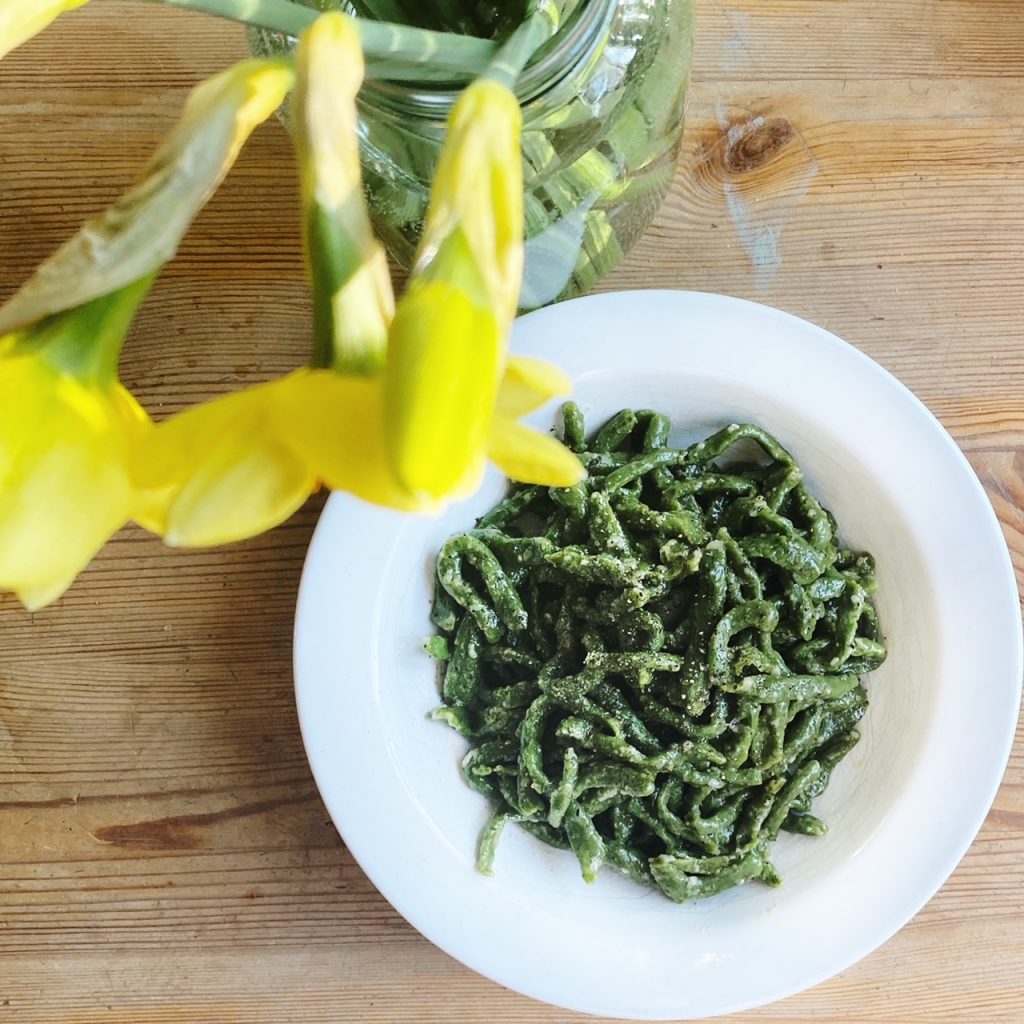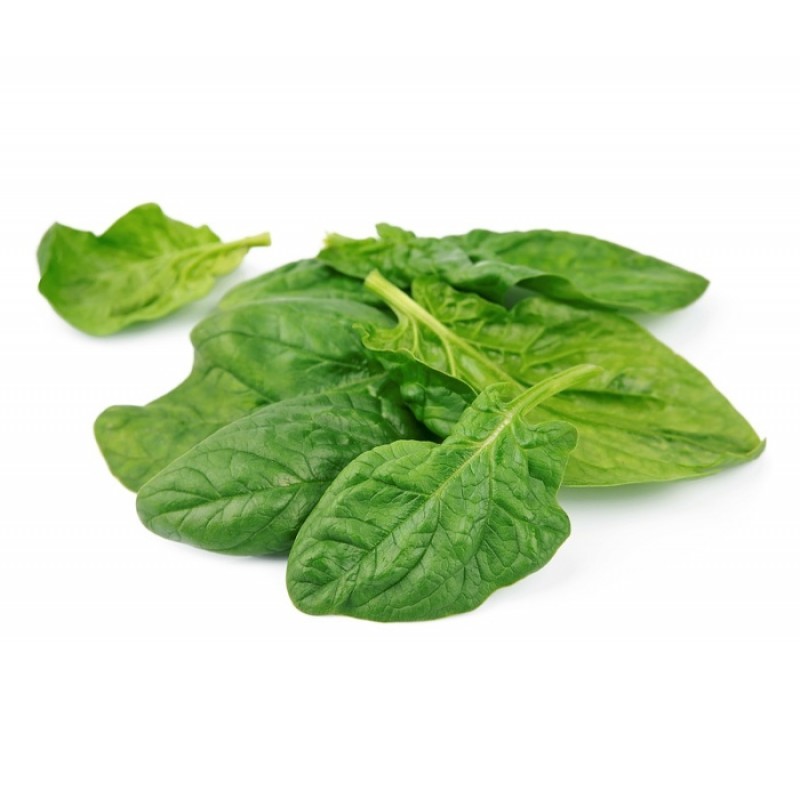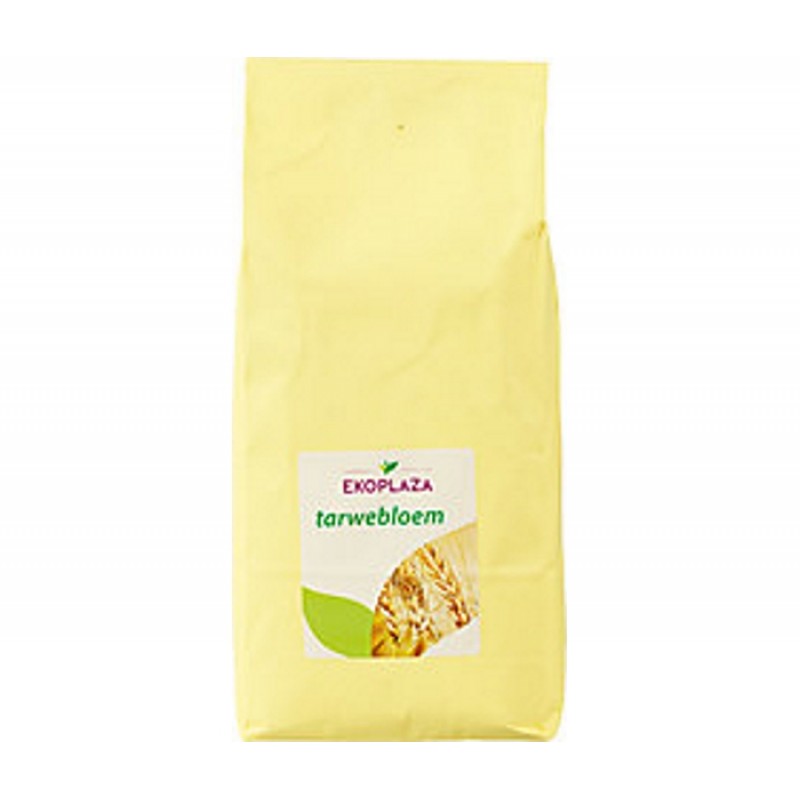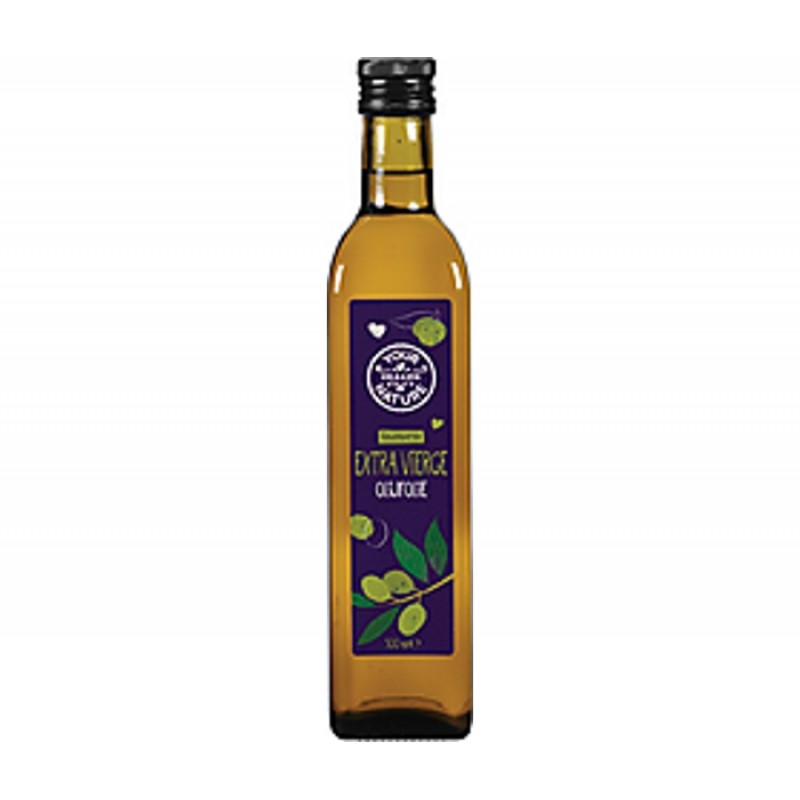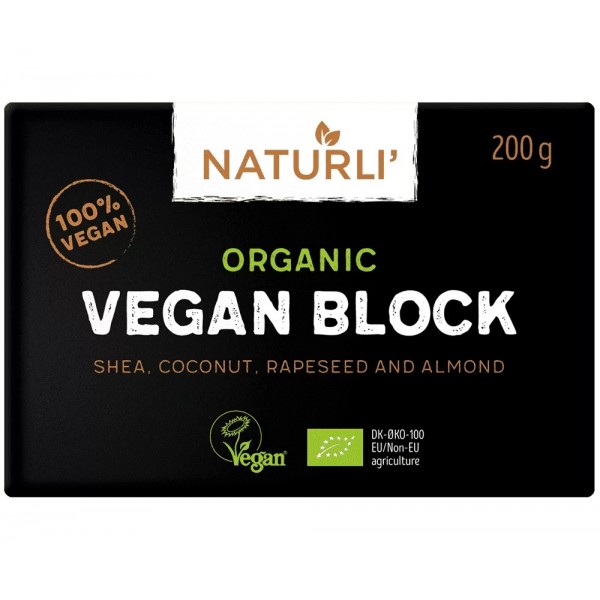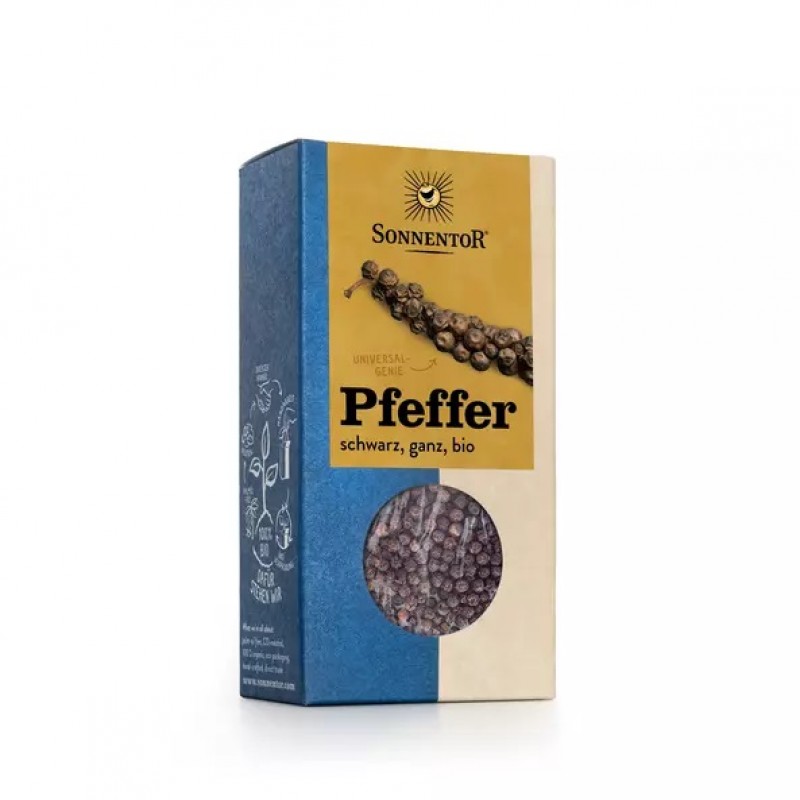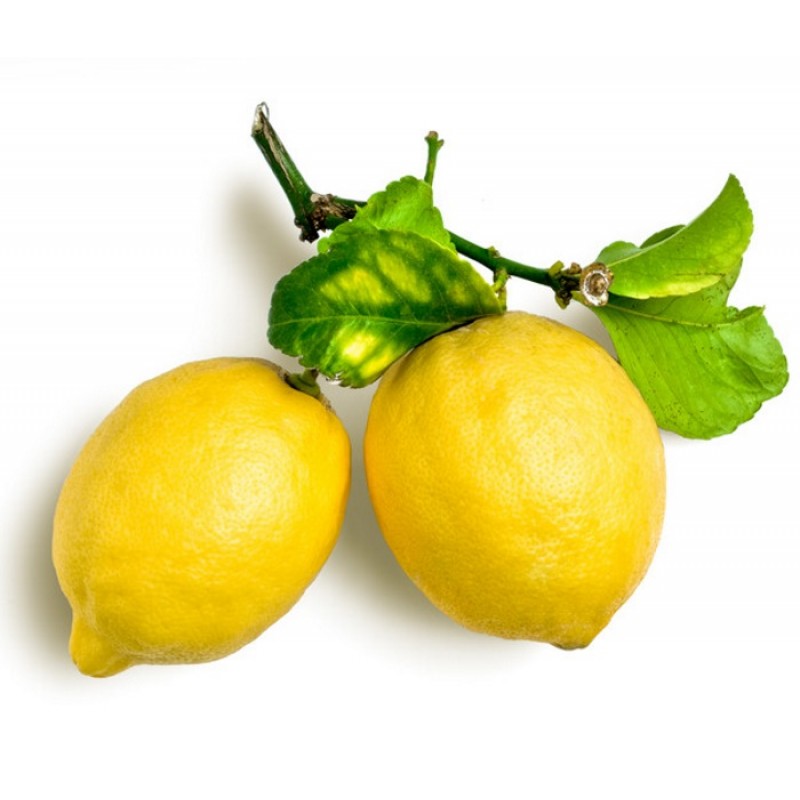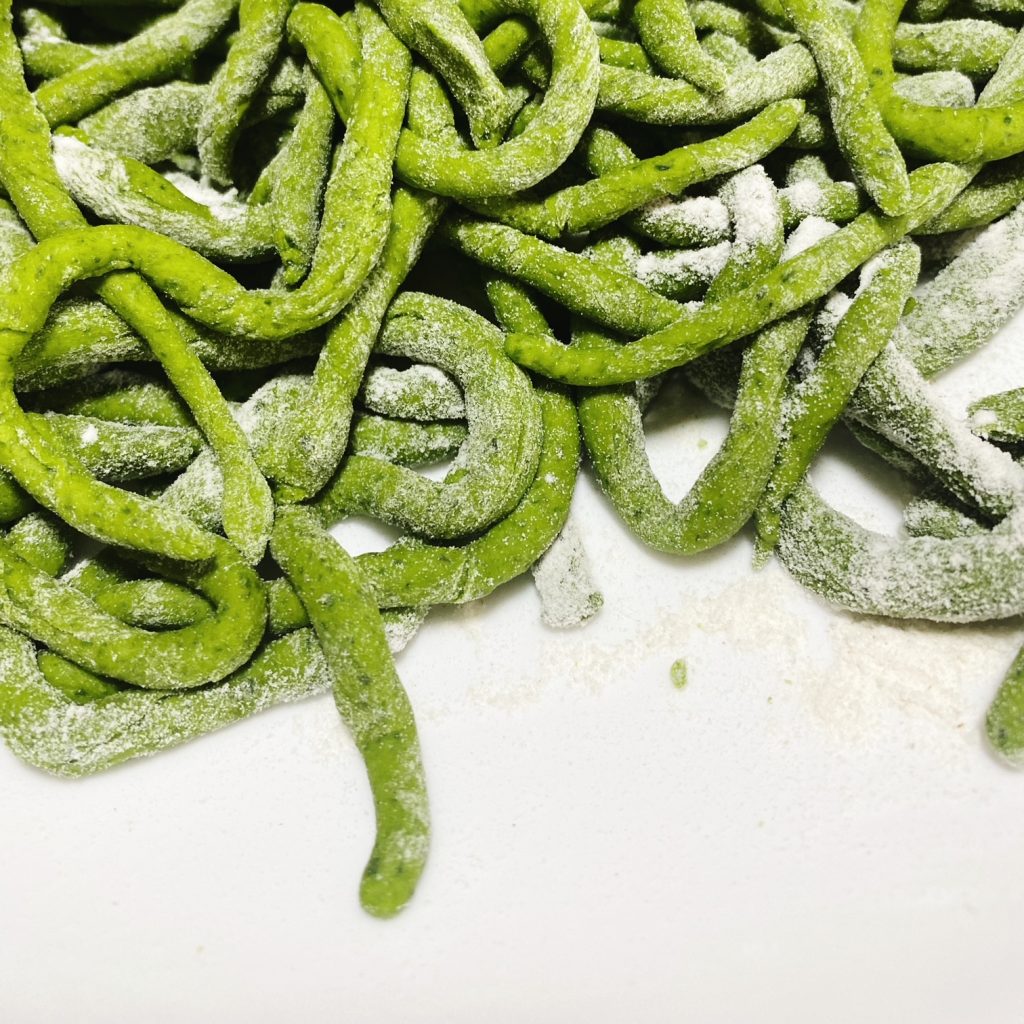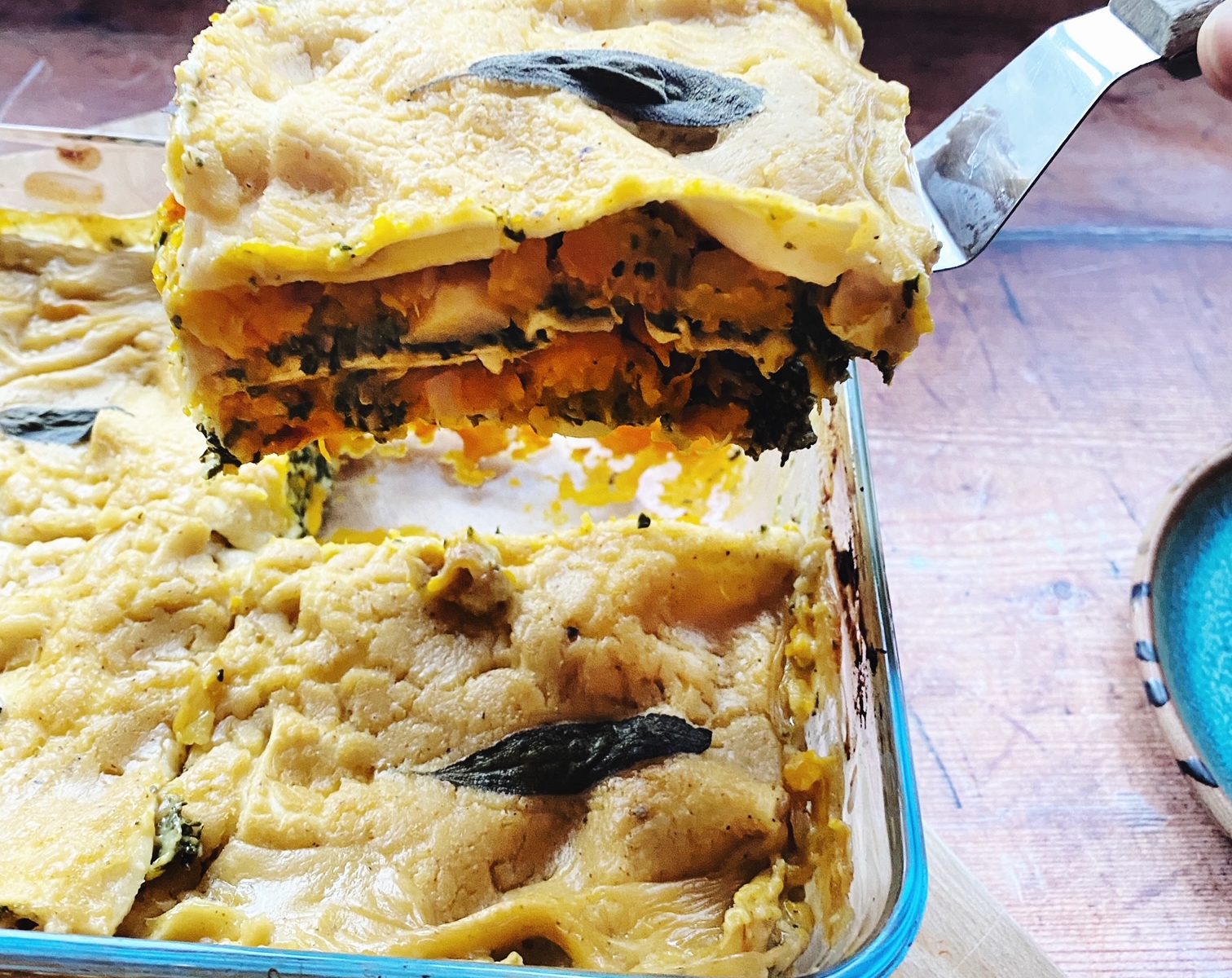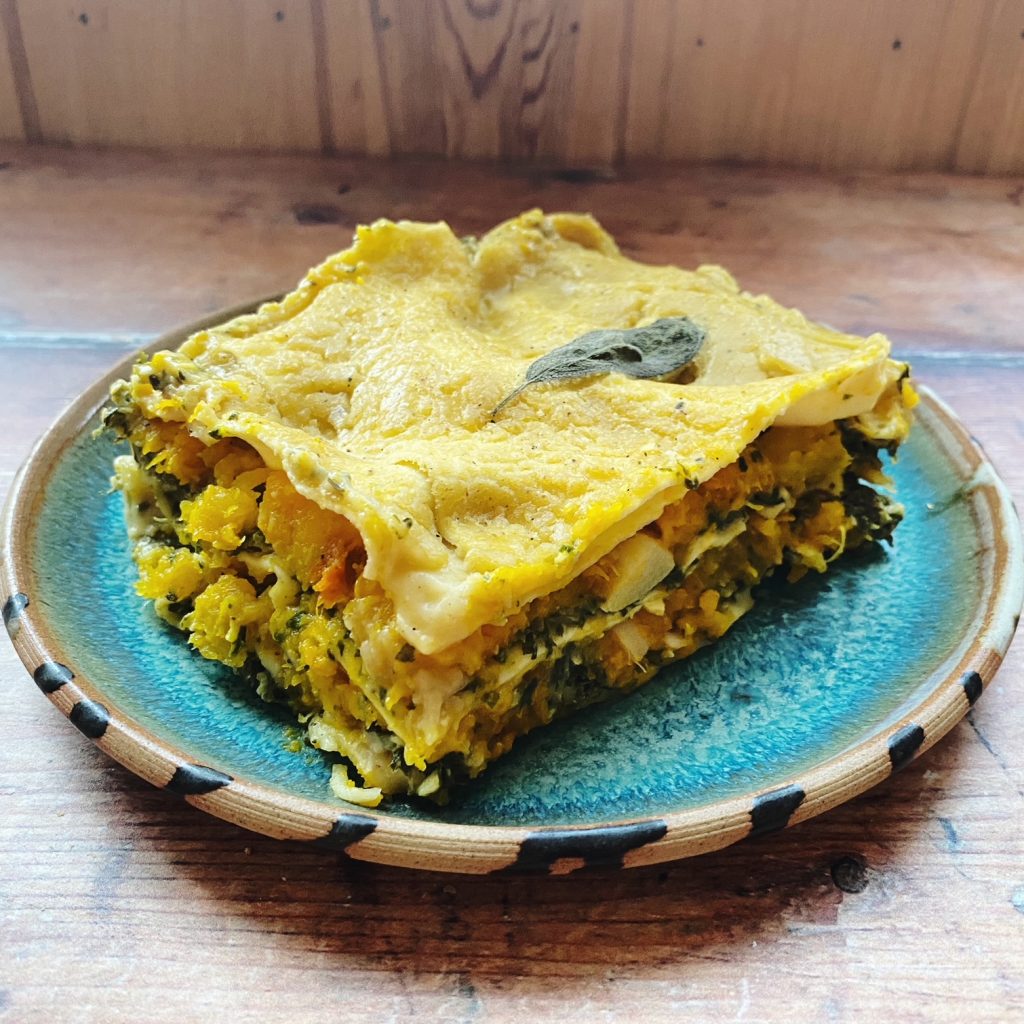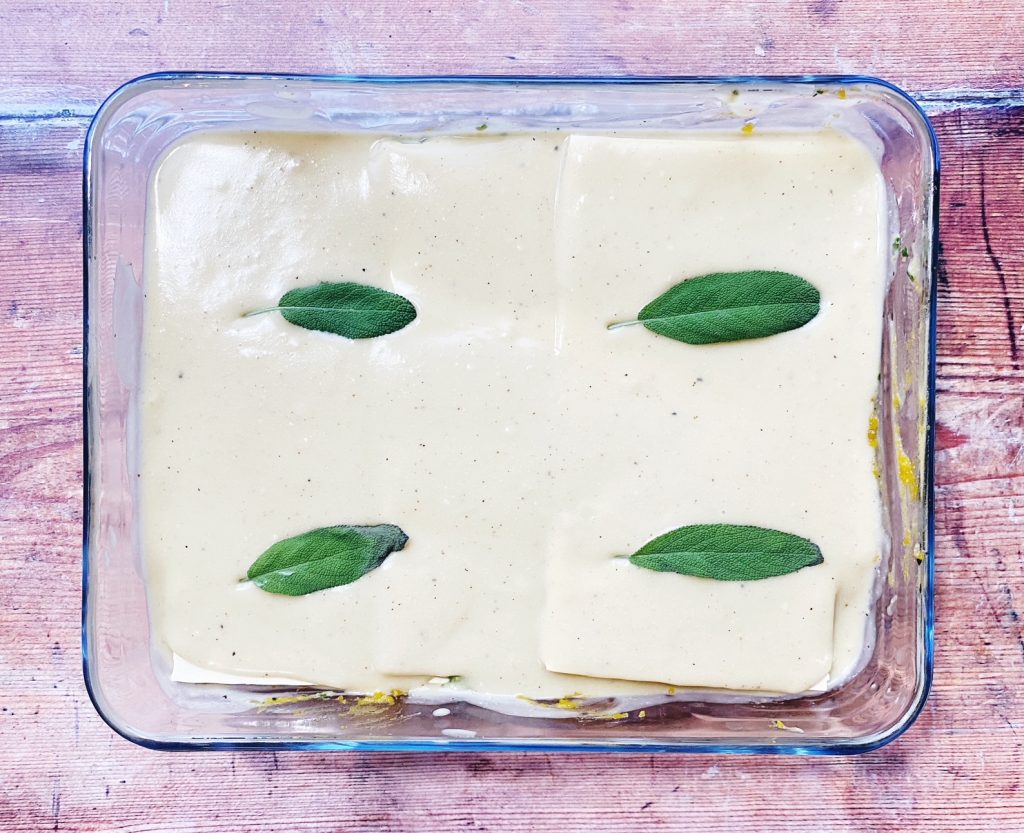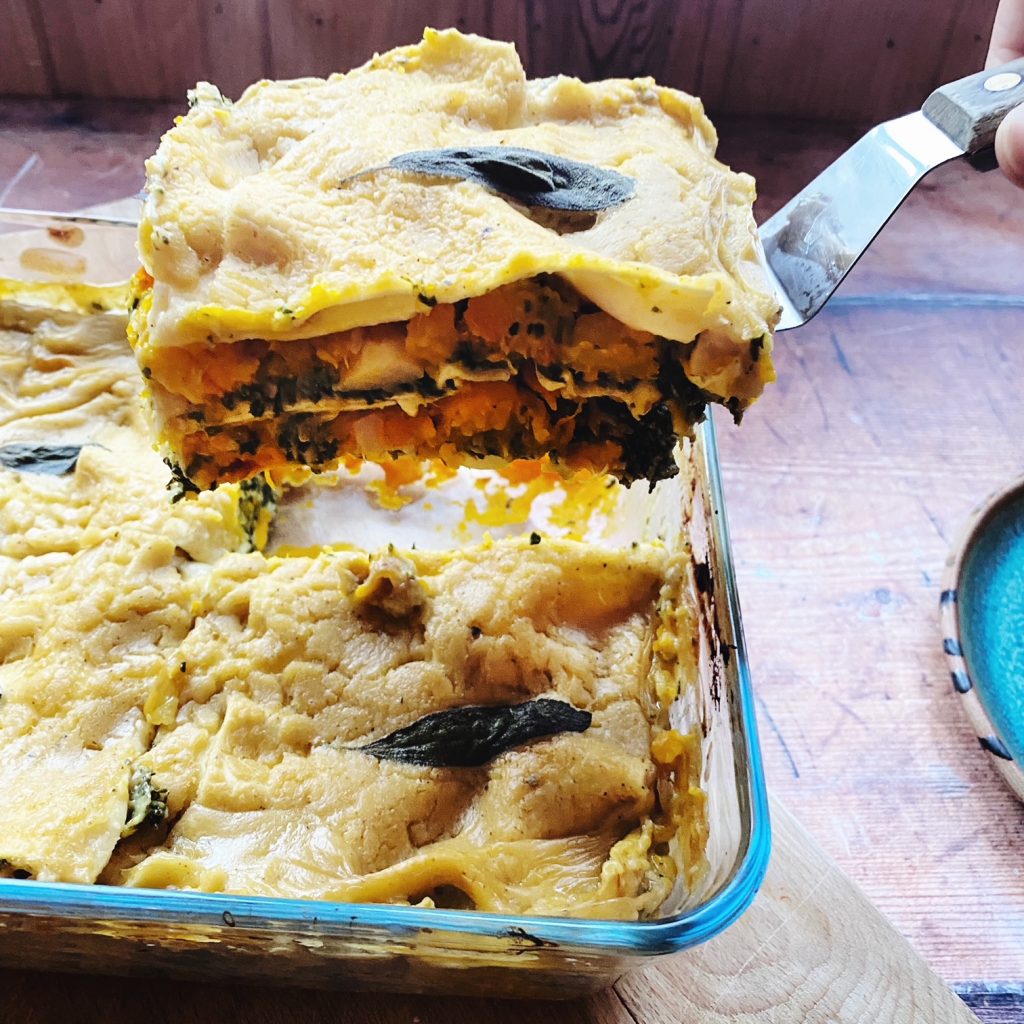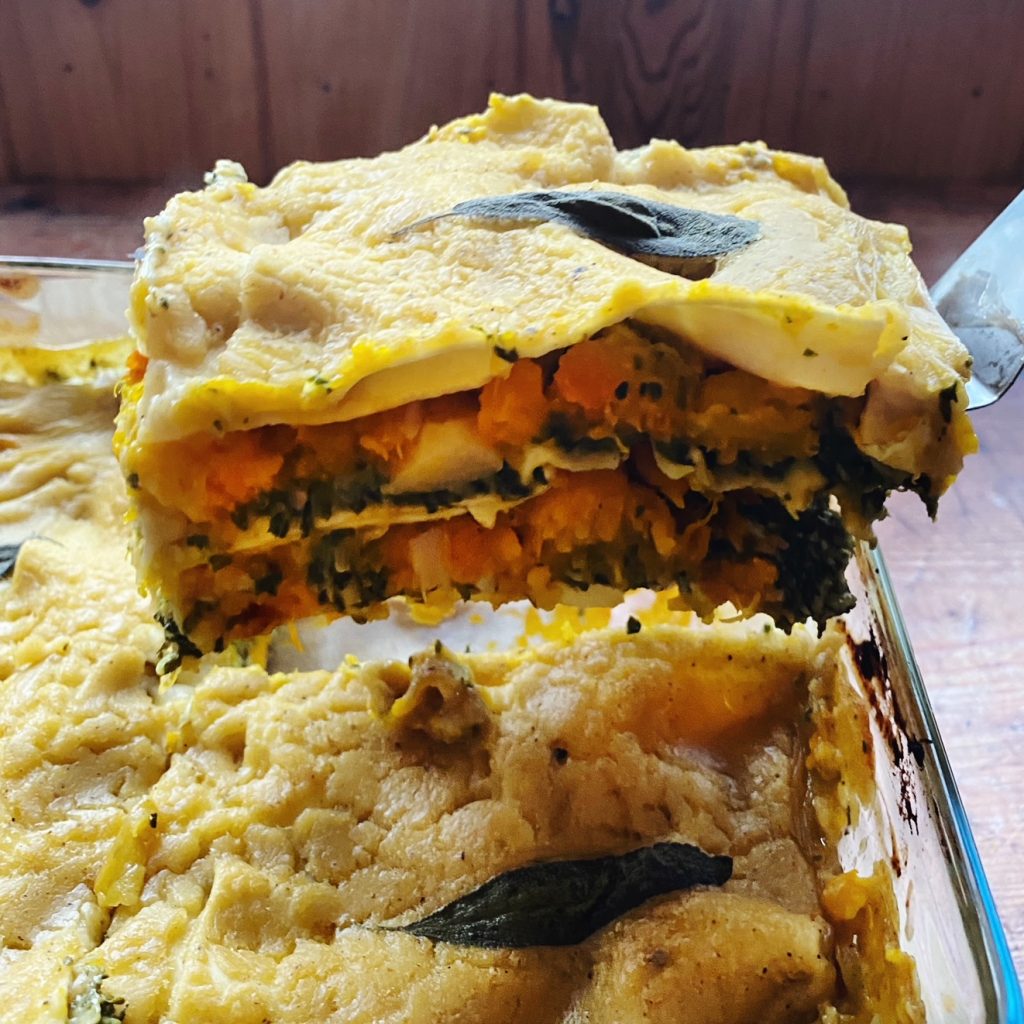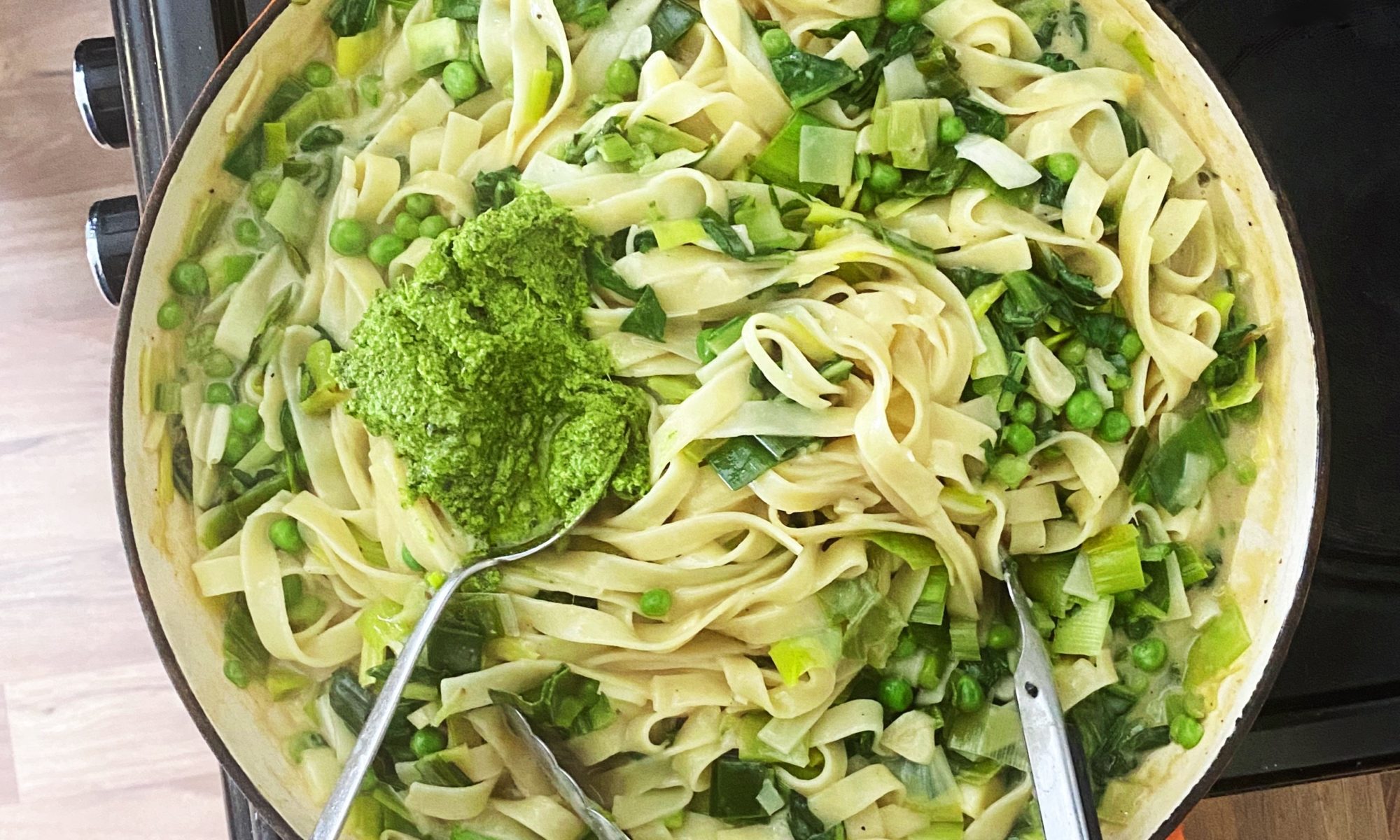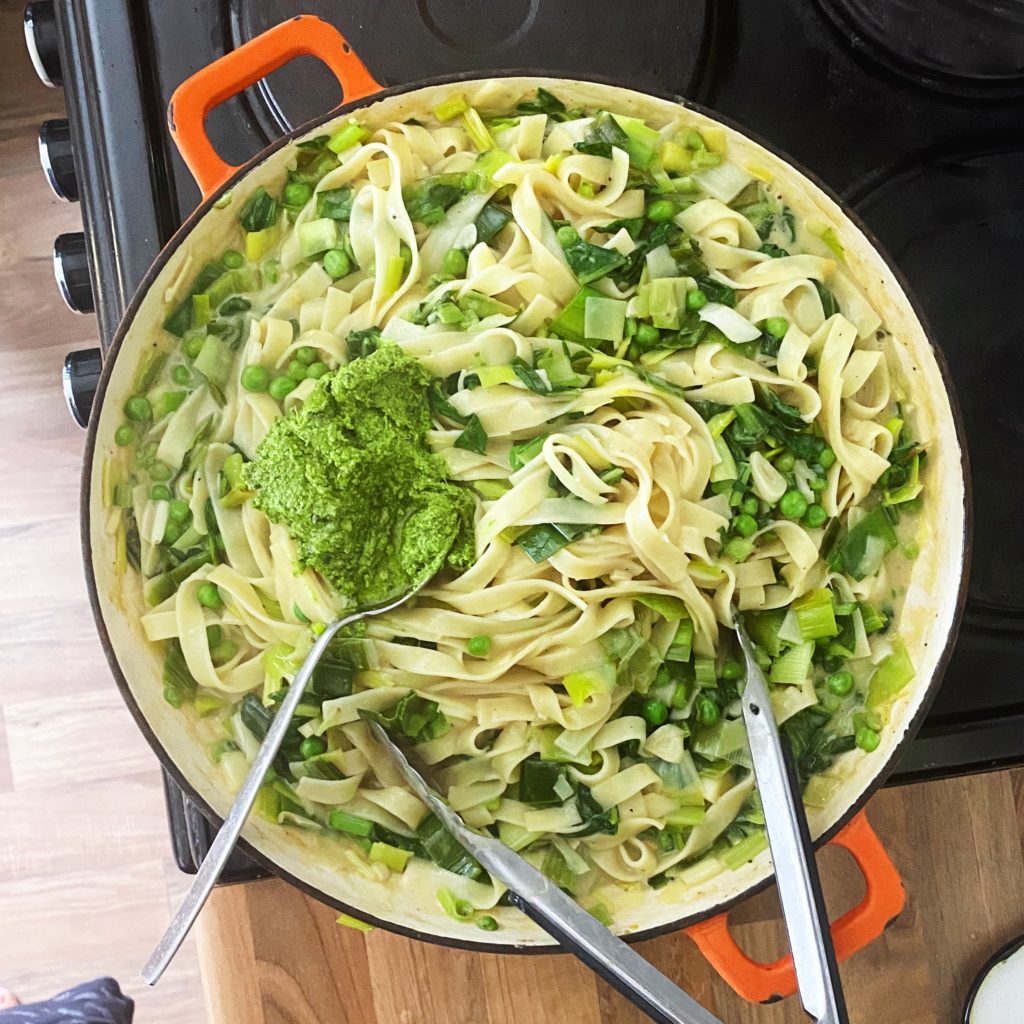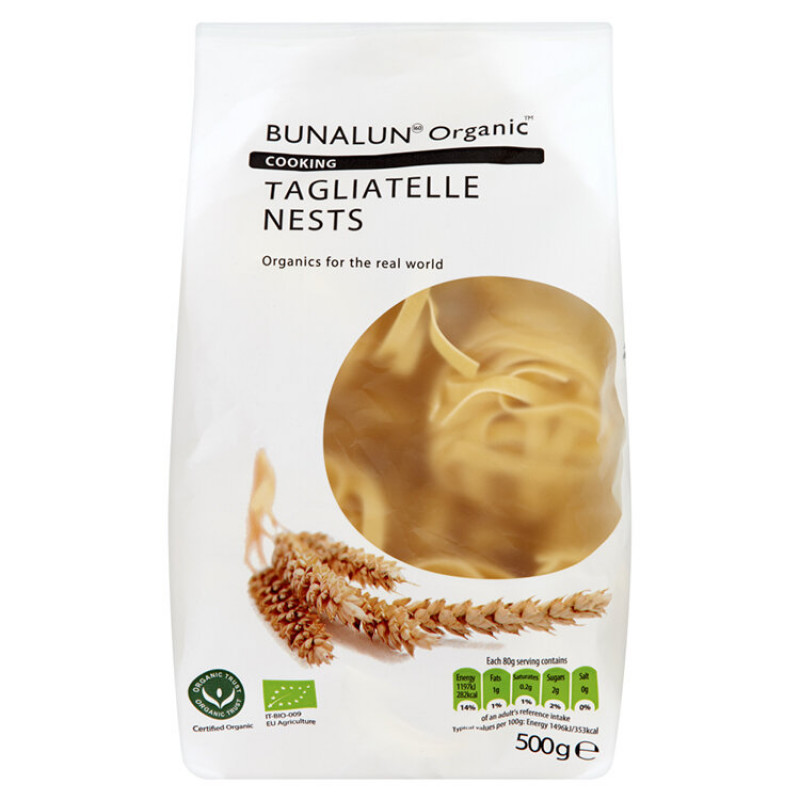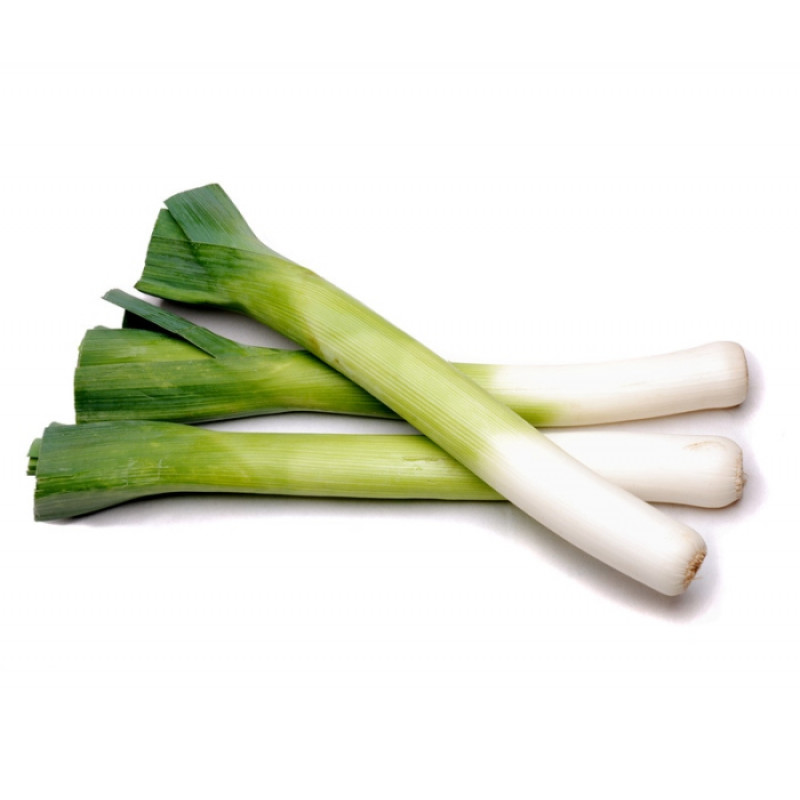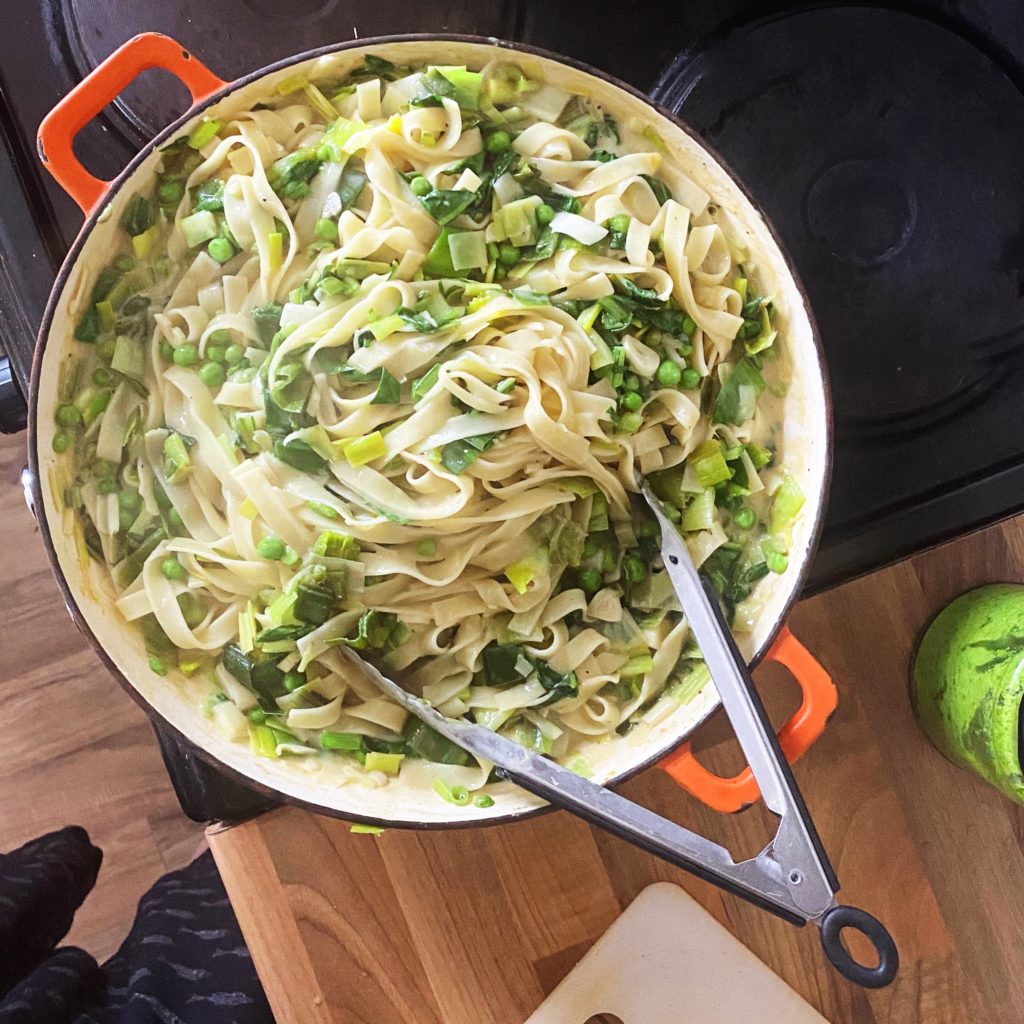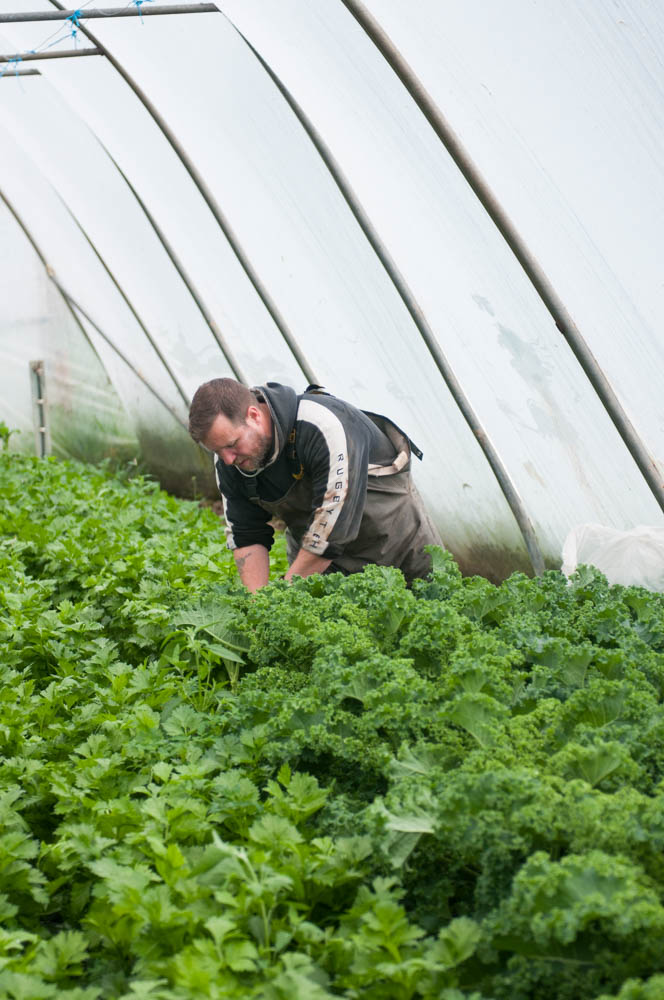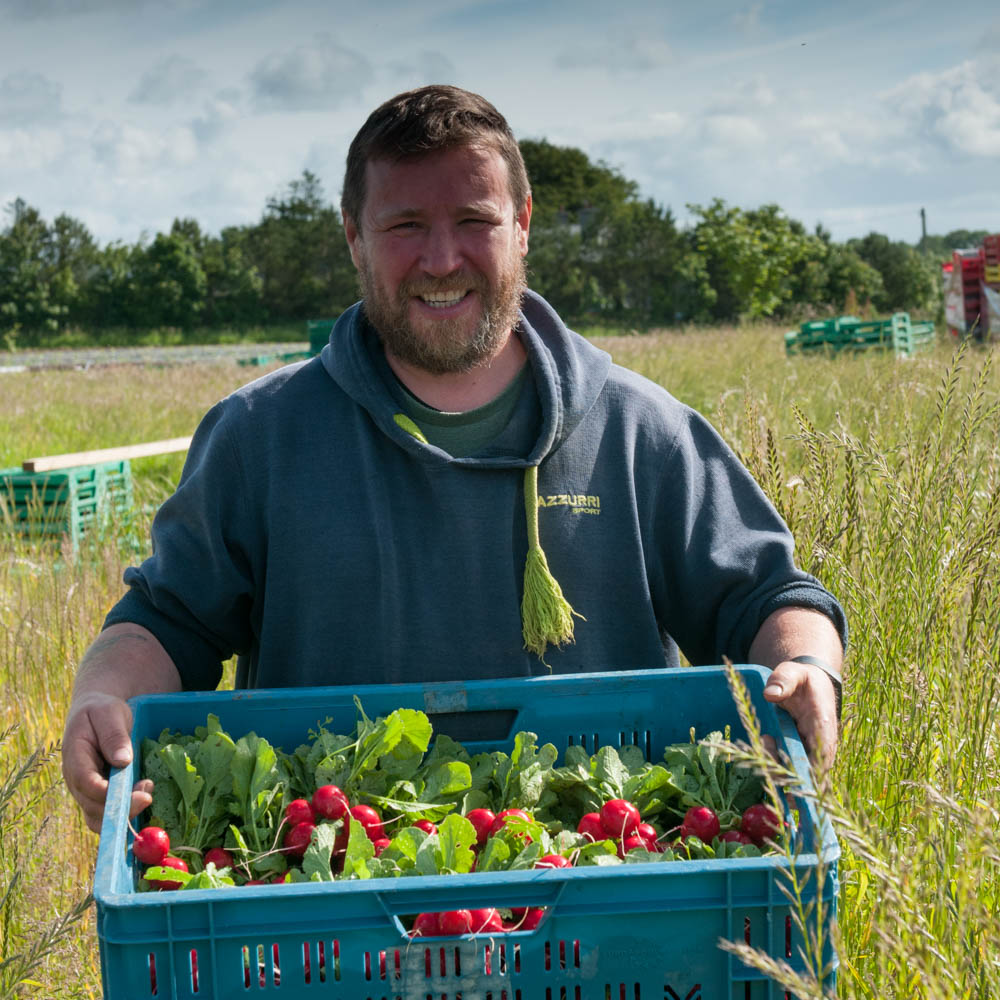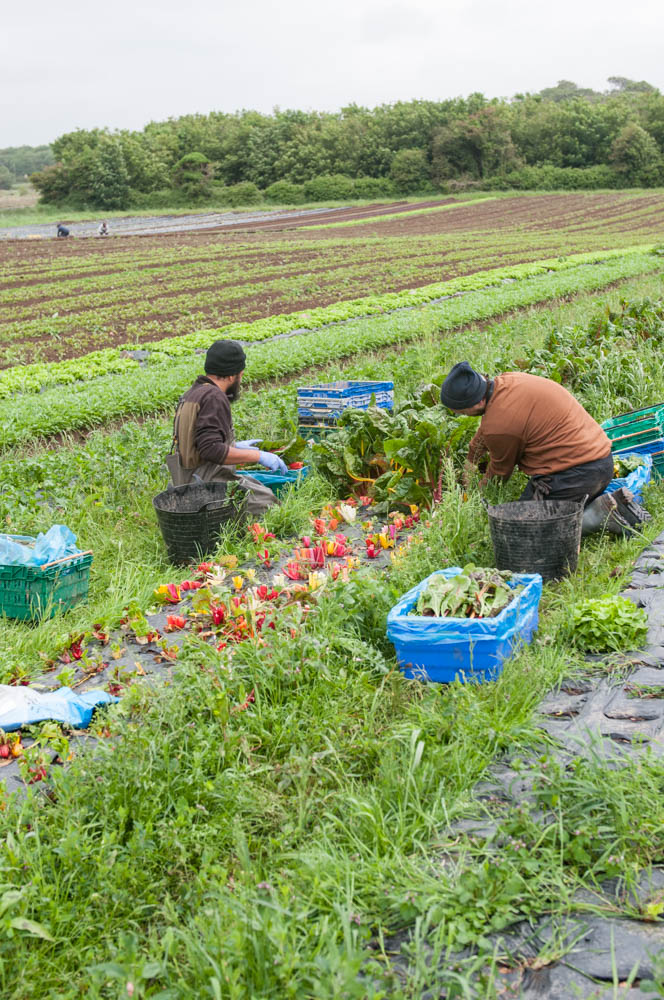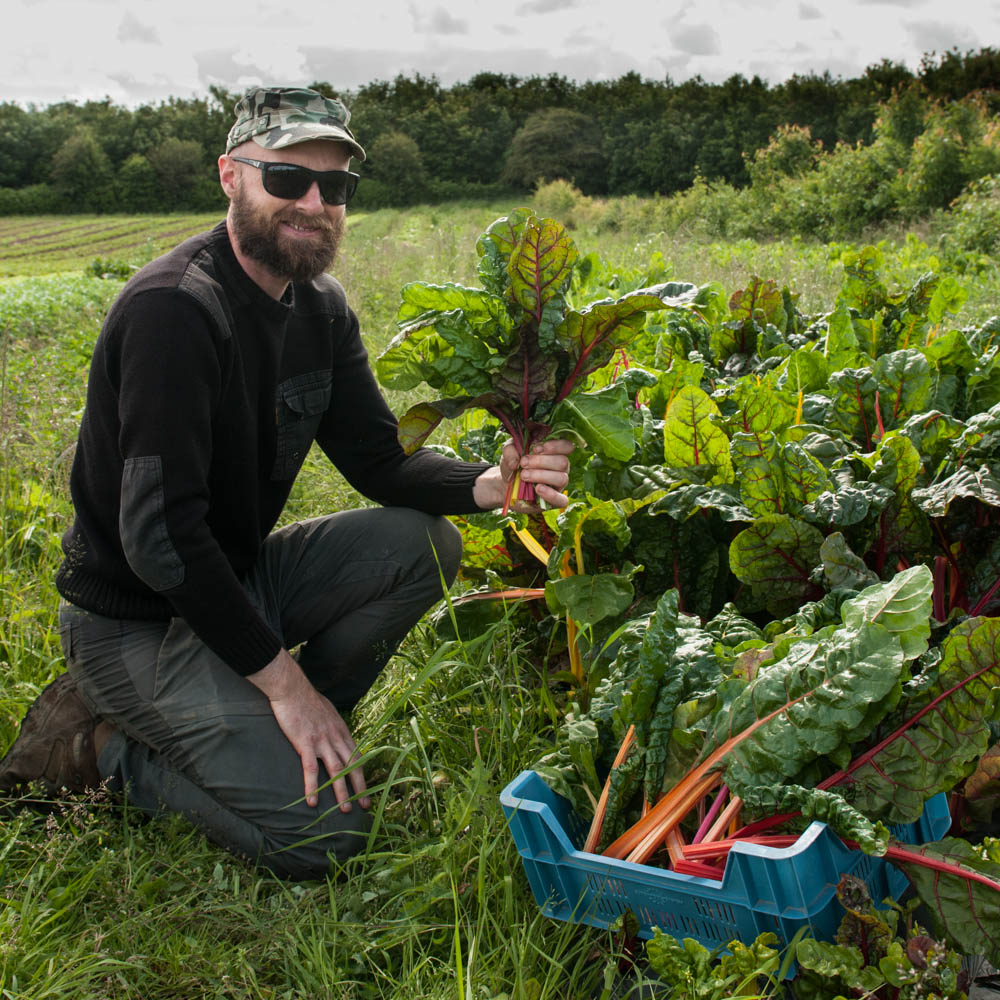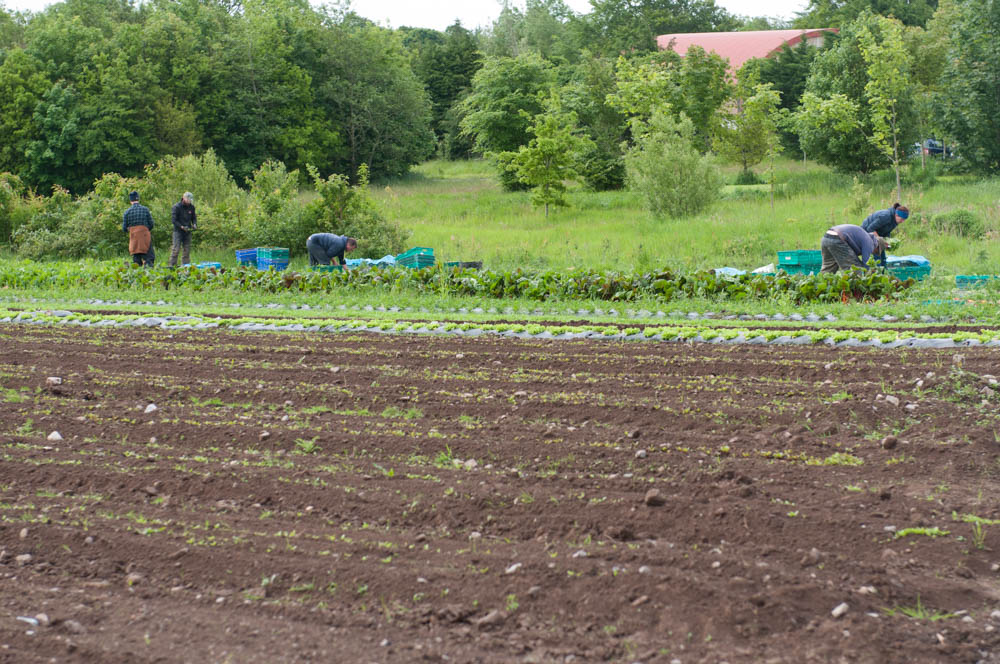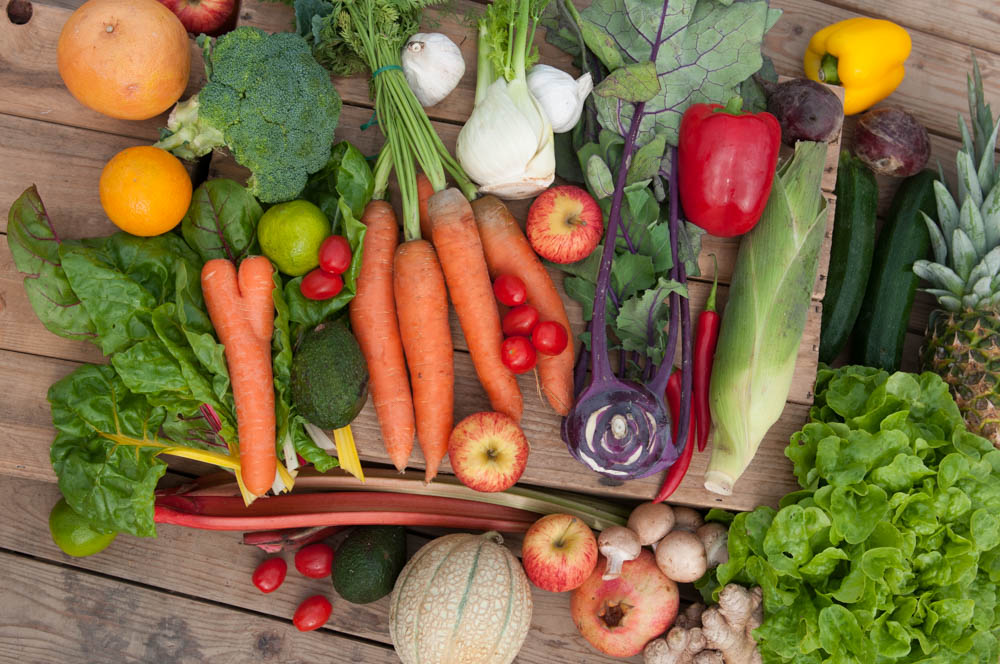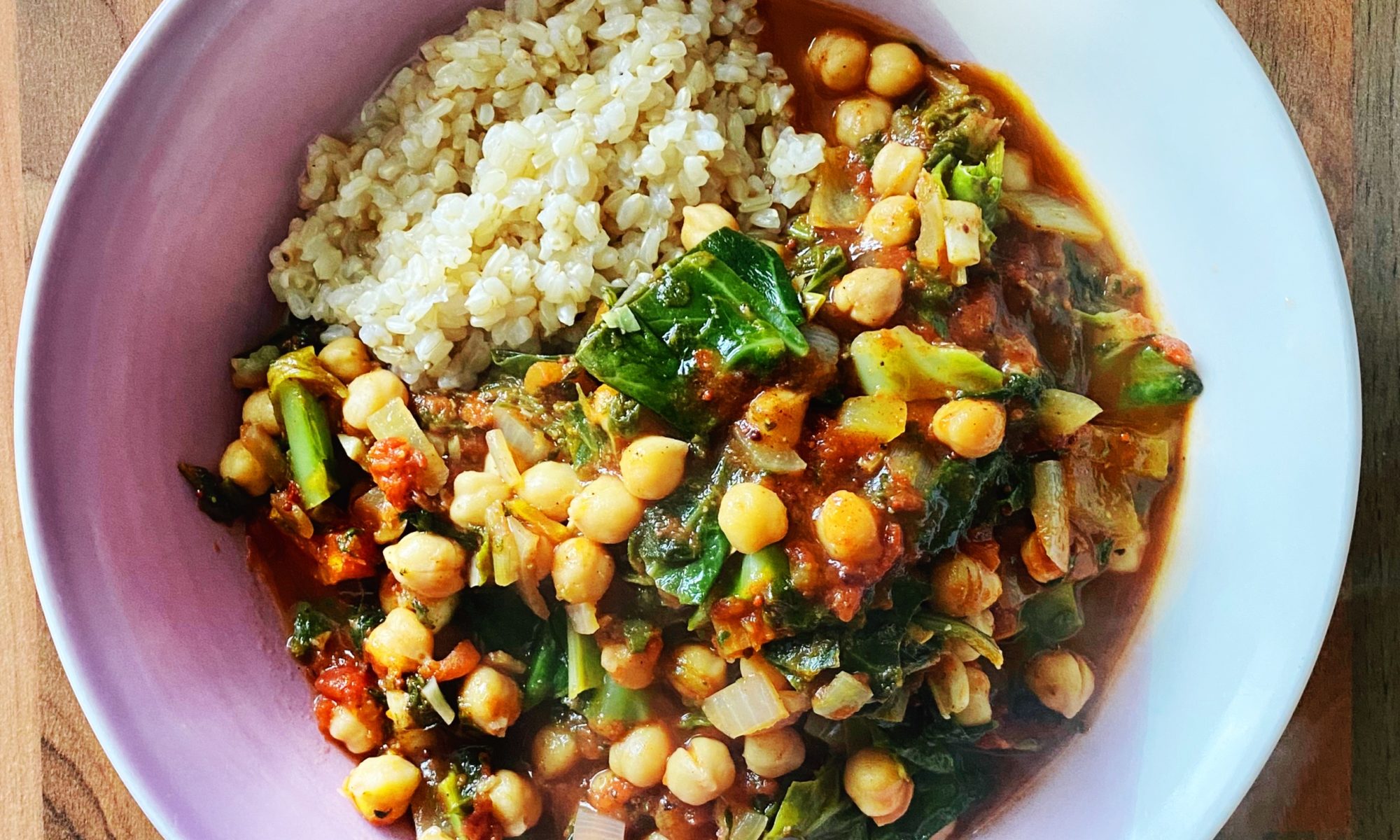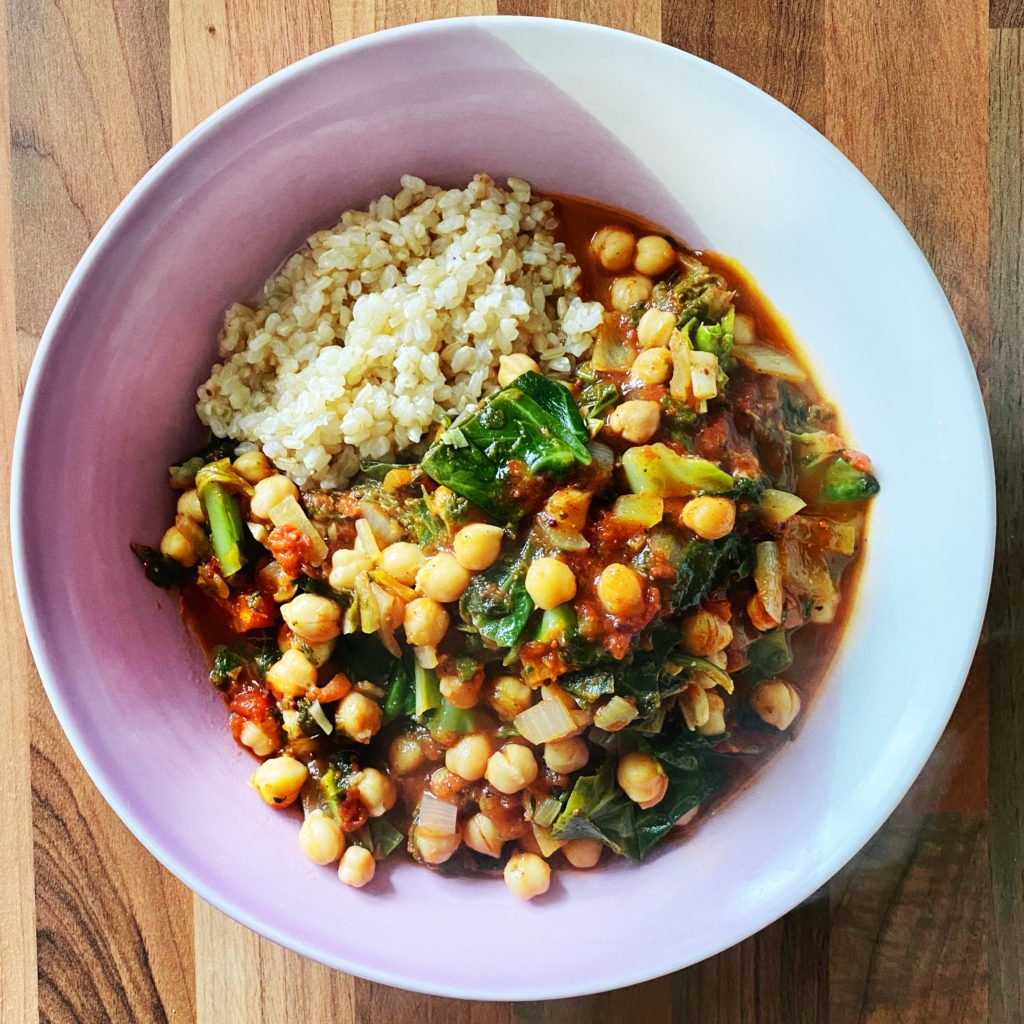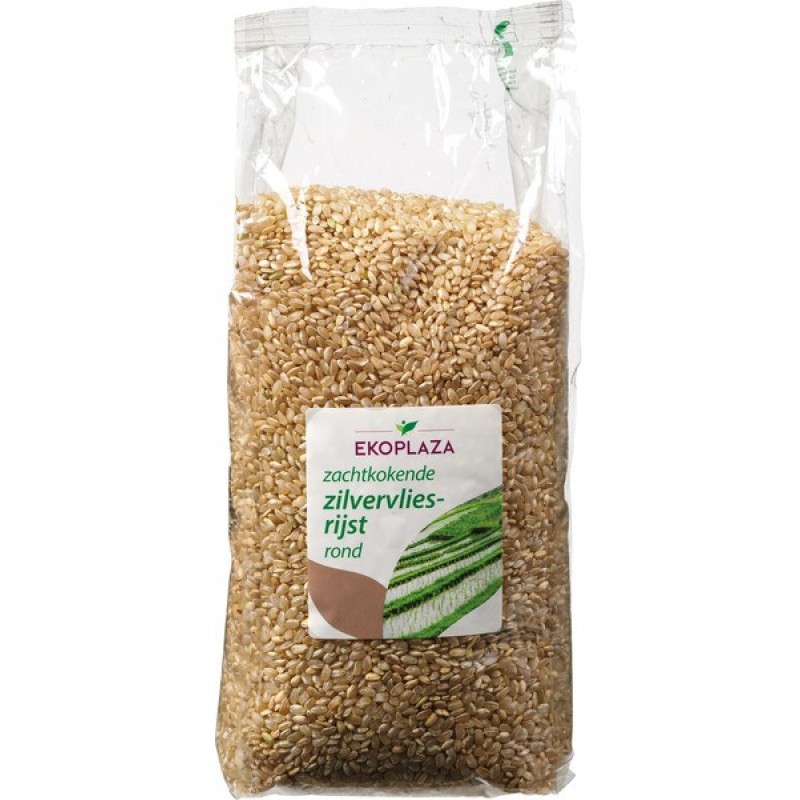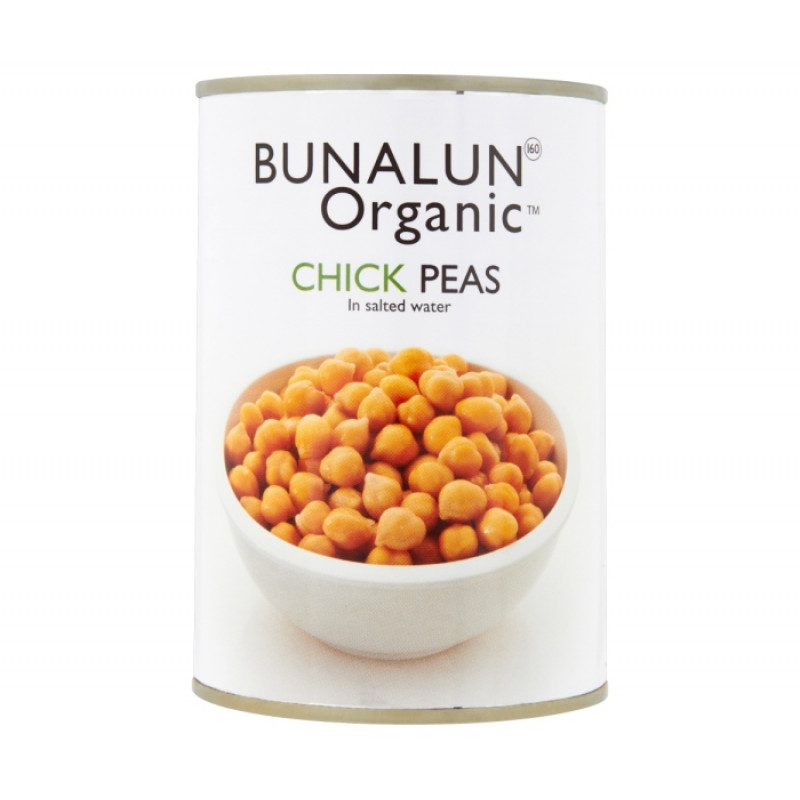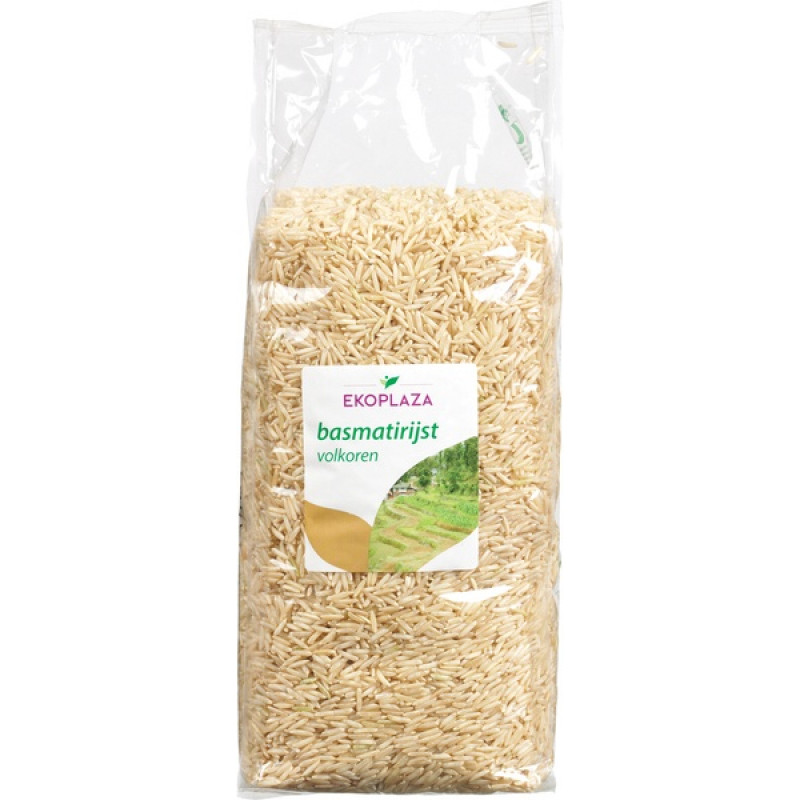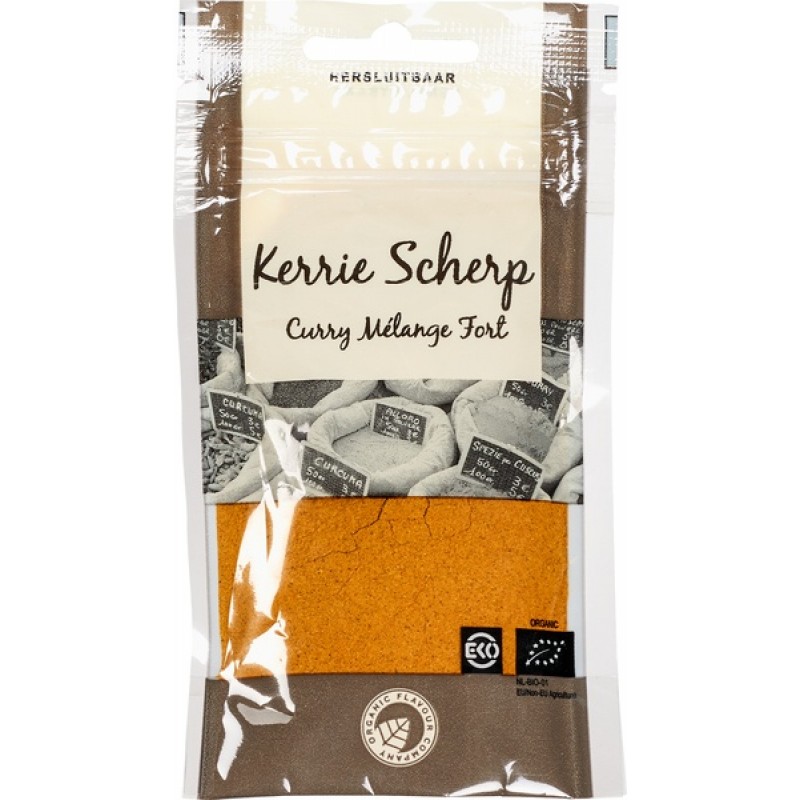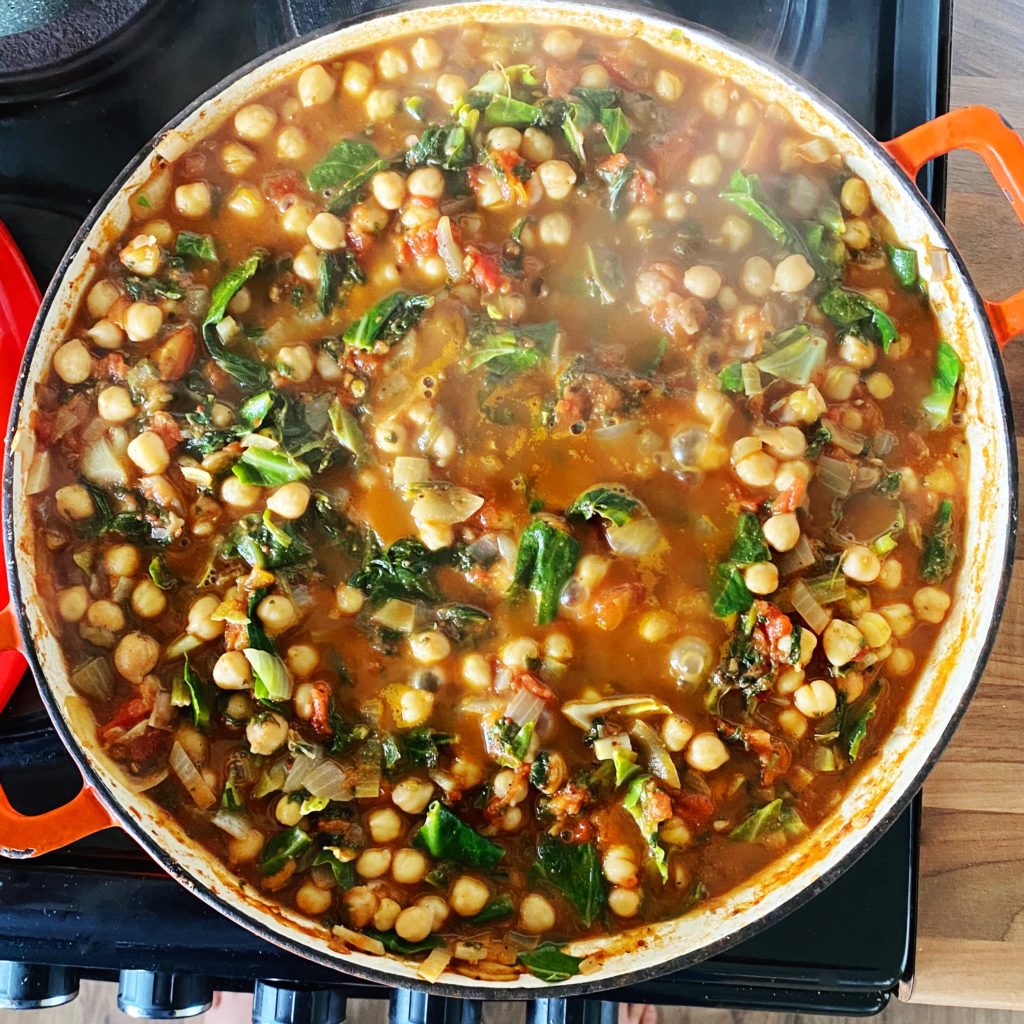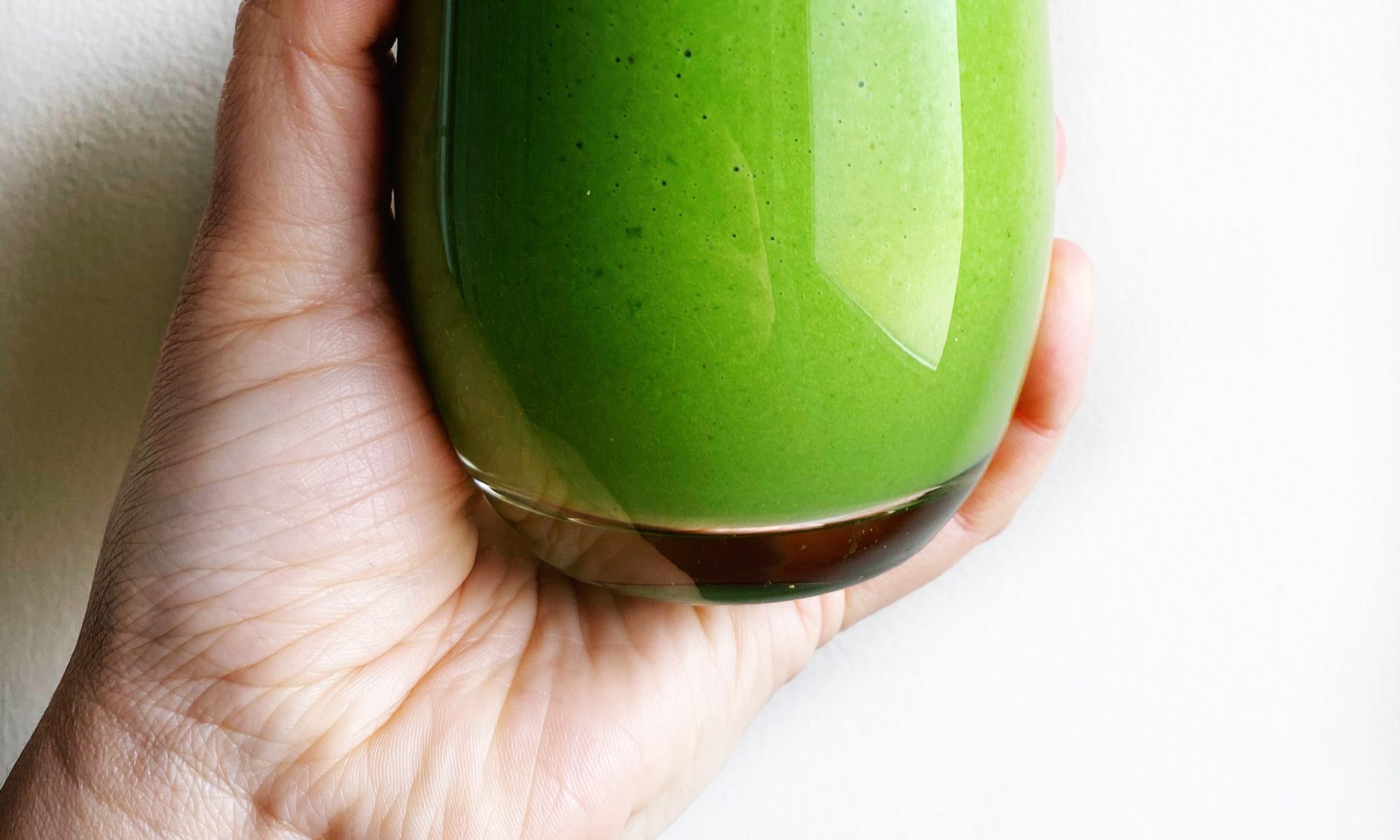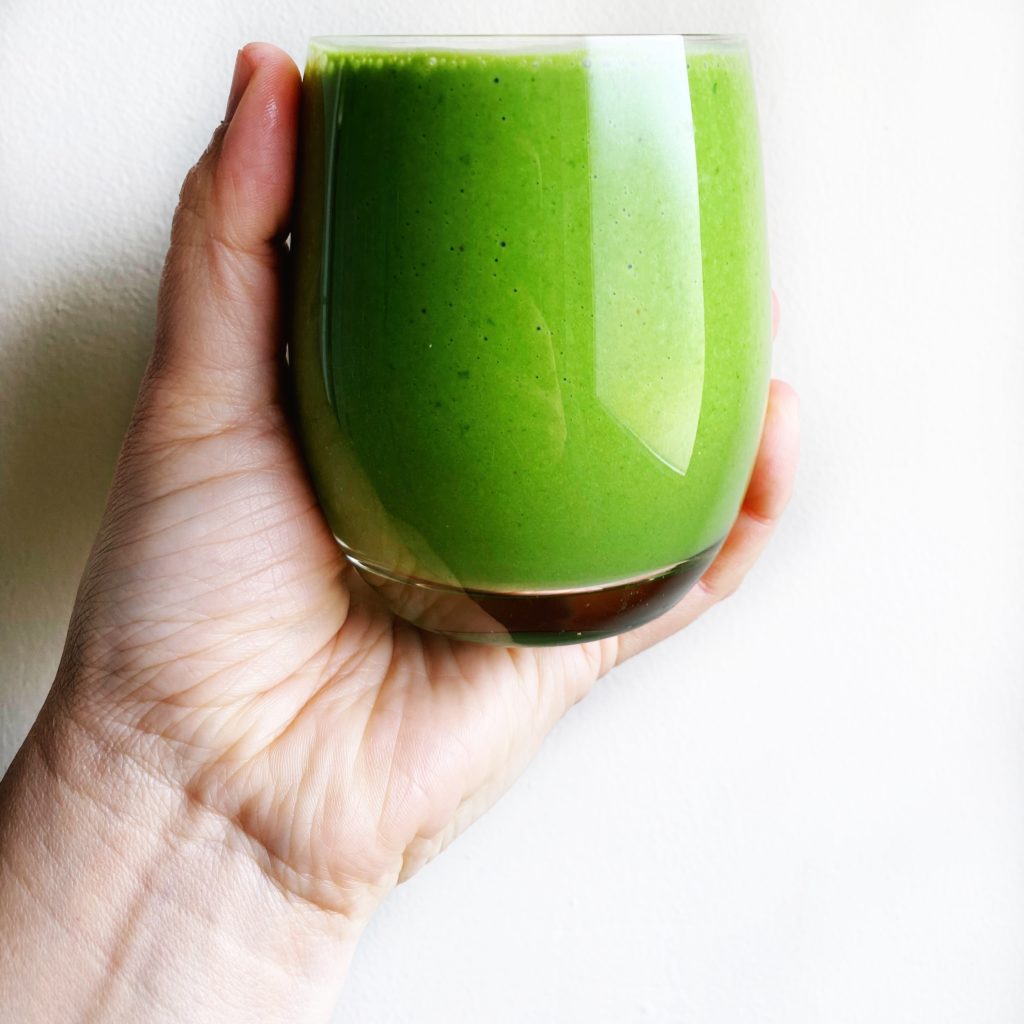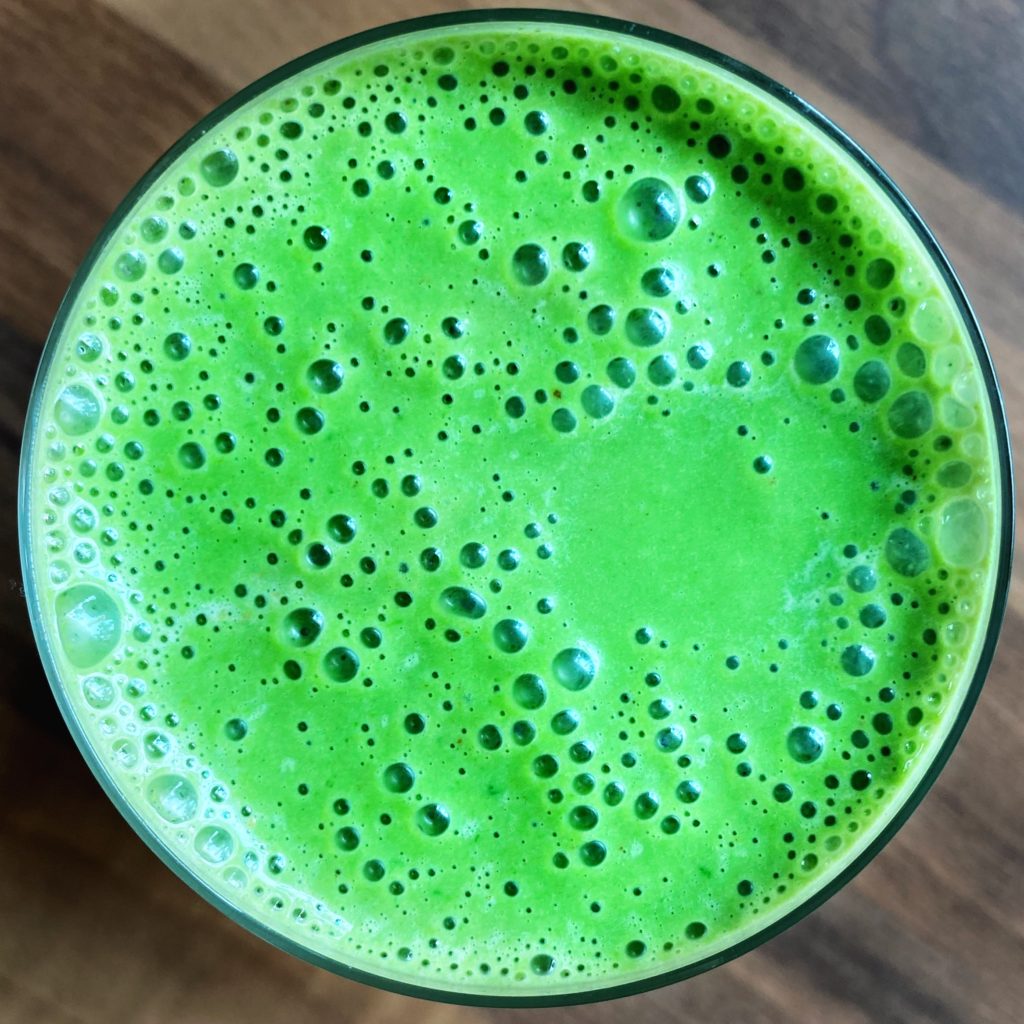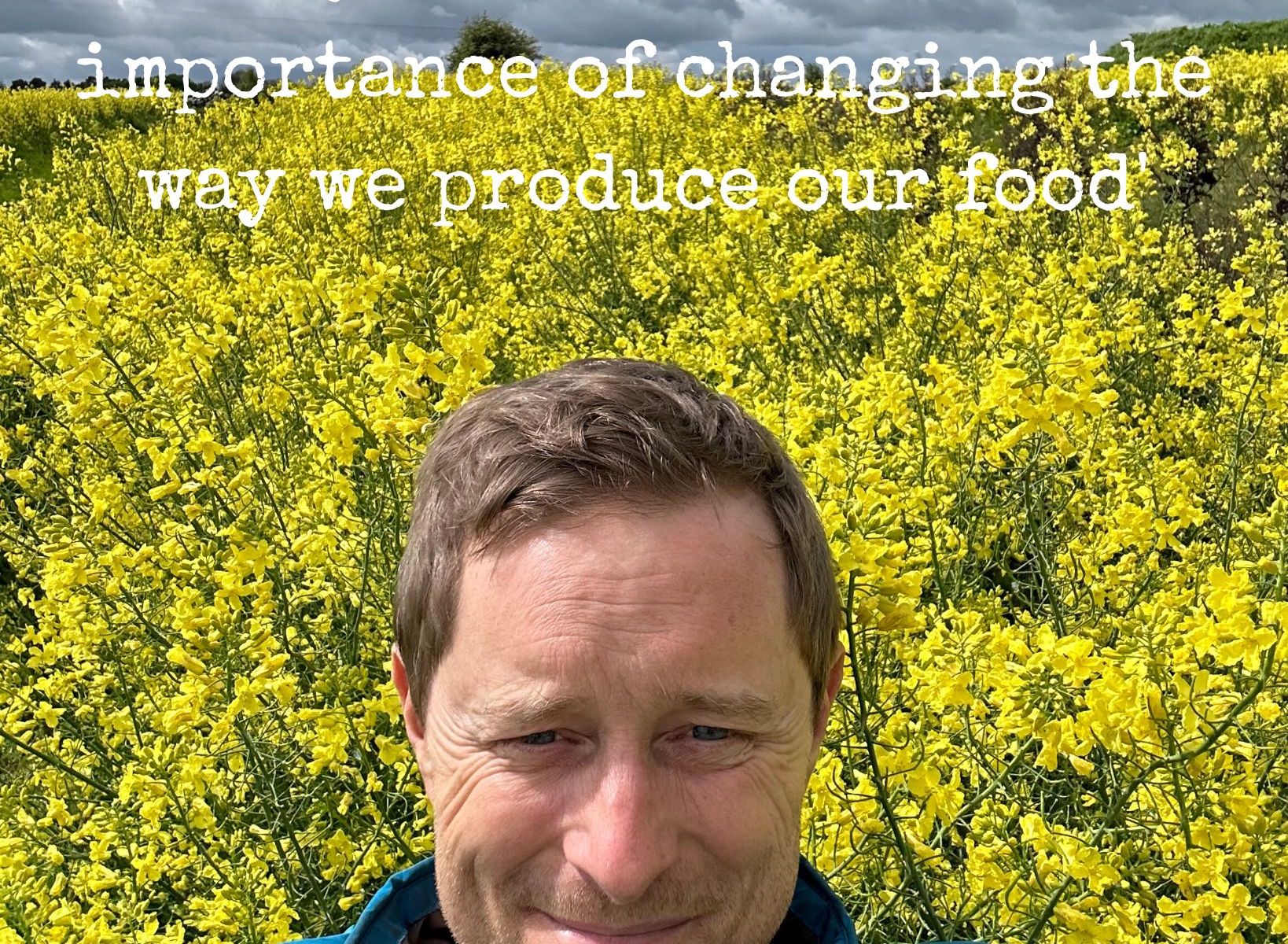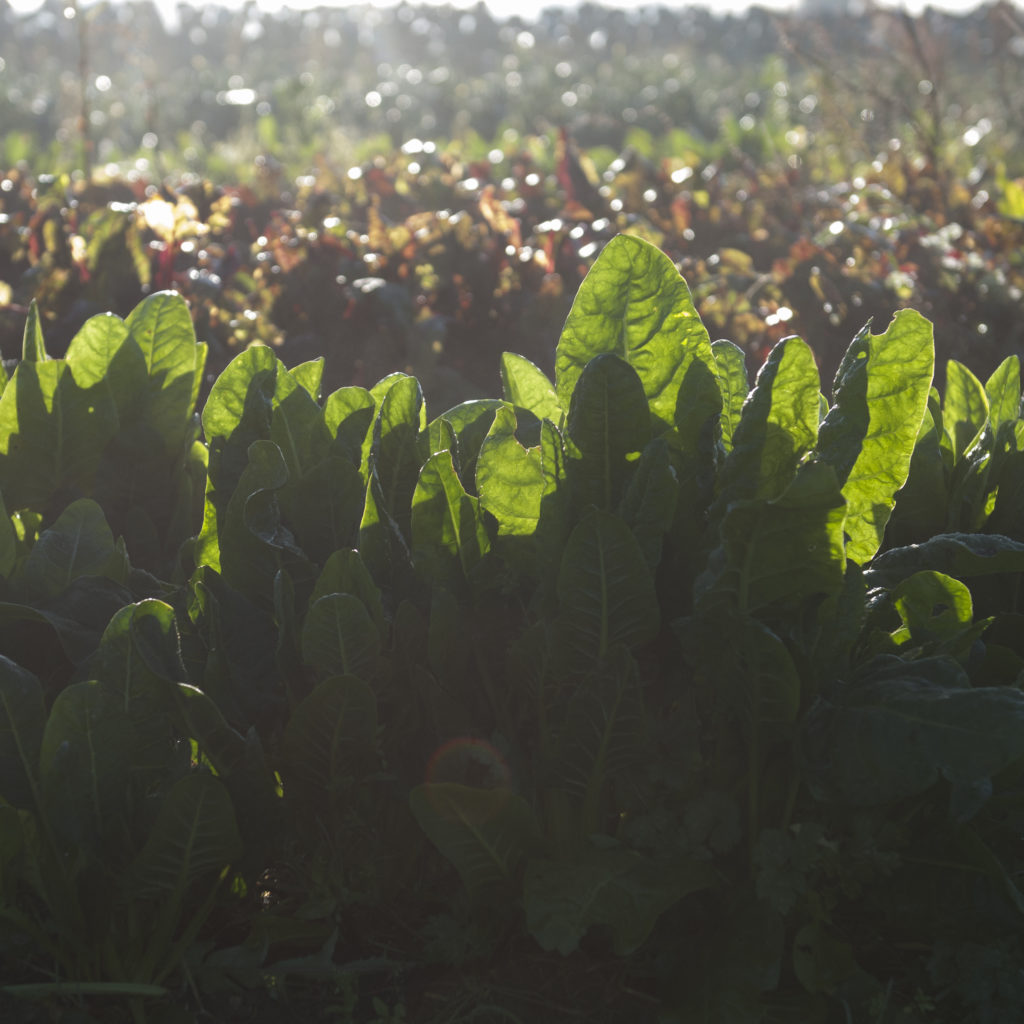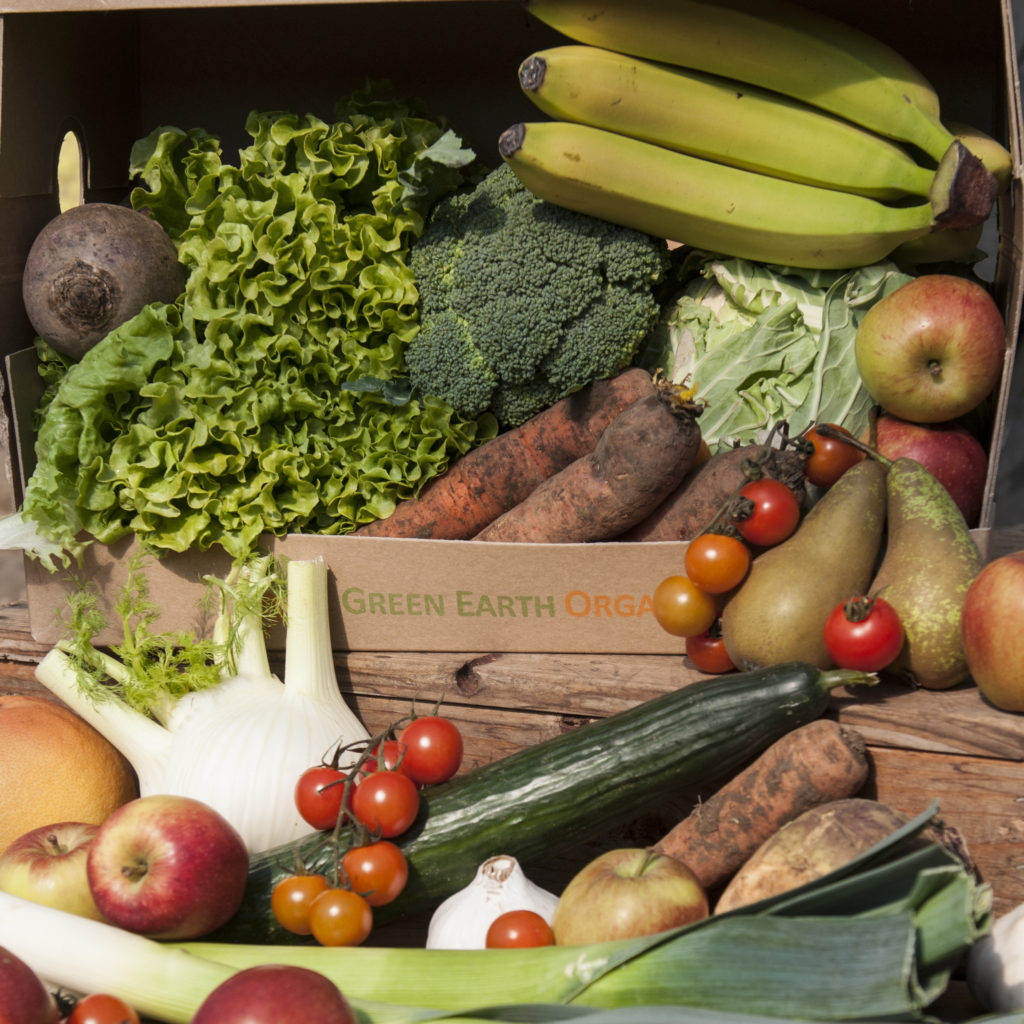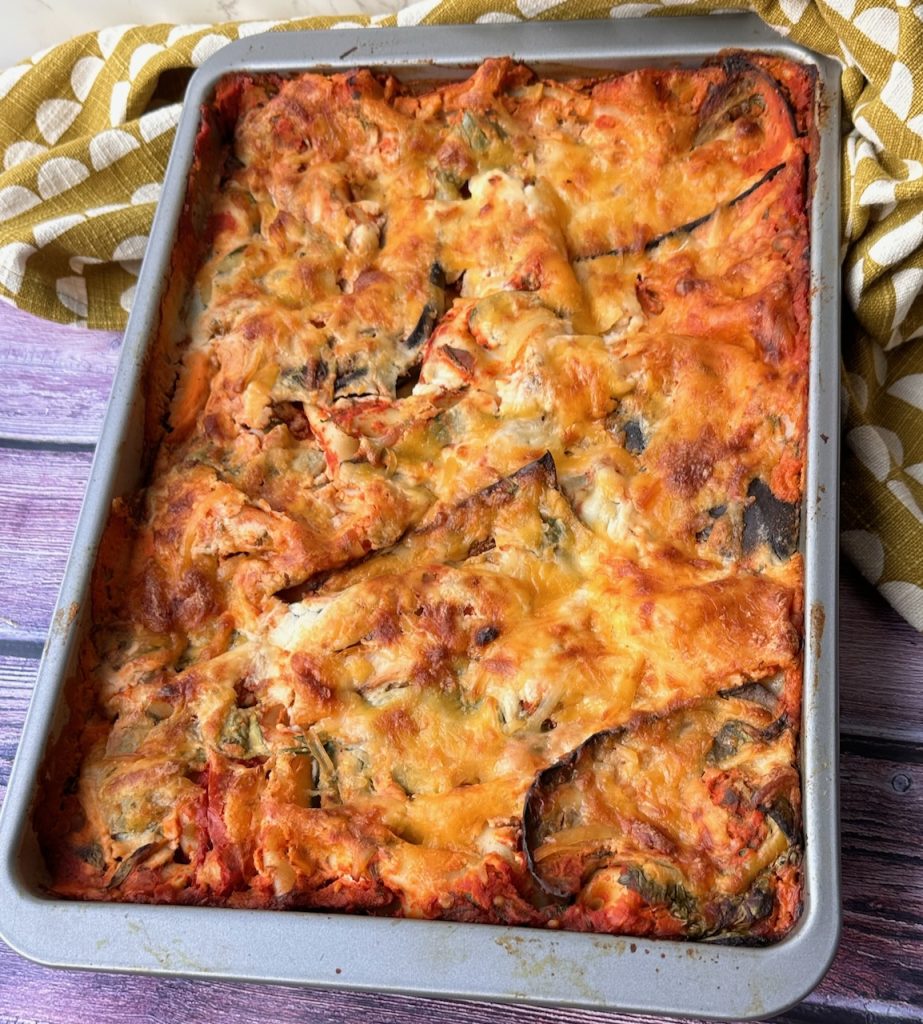
Totally worth all the effort, this veggie packed lasagne is a meal in itself! I ordered a rescue box of veggies this week and was spoiled for choice. With a big head of cauliflower, peppers, aubergine, spring onions and Irish courgettes (and lots more) there was only one thing for it!
Add this to your meal plan. Feed a gang or portion and freeze for future dinners. **This can definitely be dairy free and vegan, just make a couple of swaps.
Lou 🙂
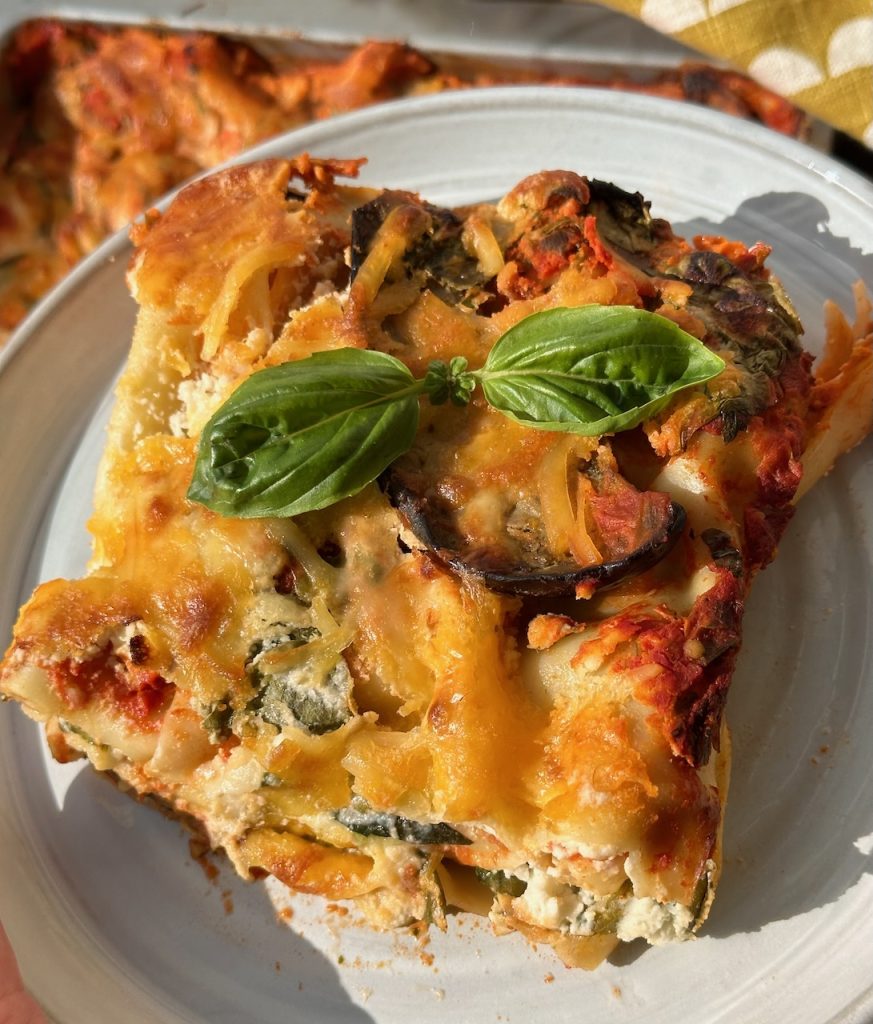
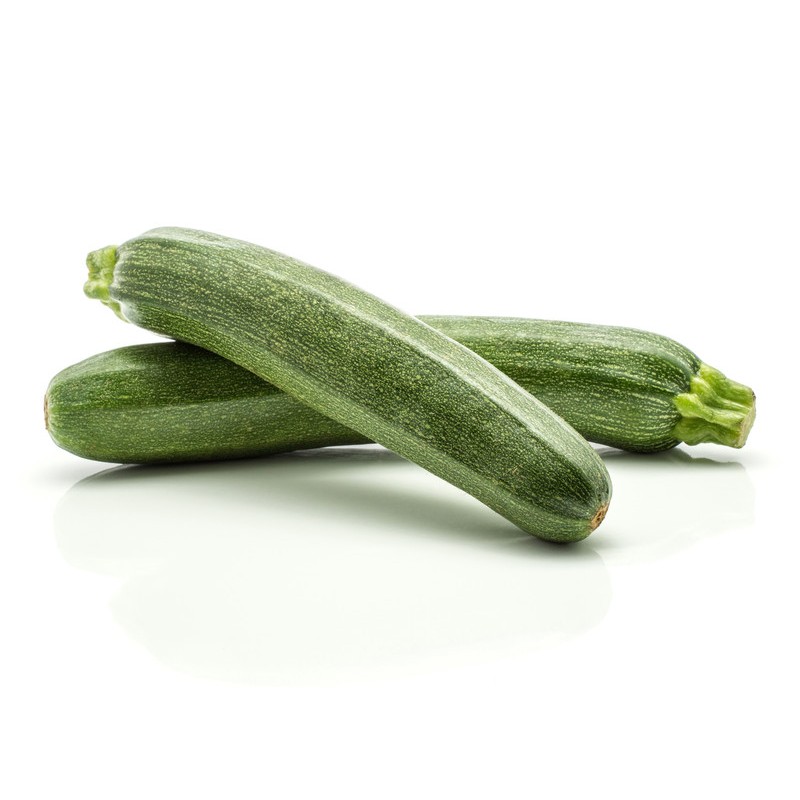
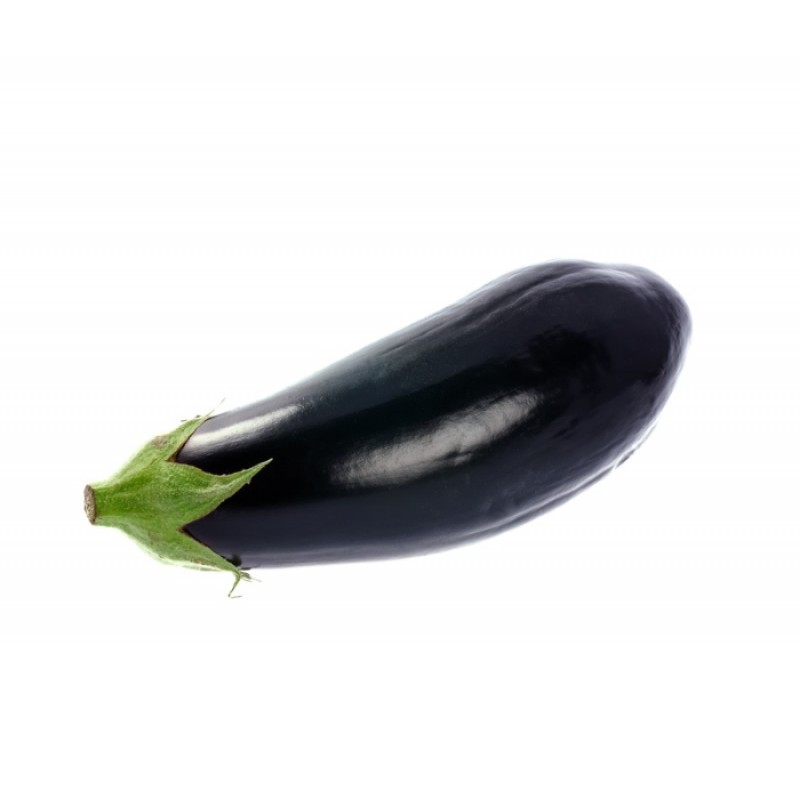
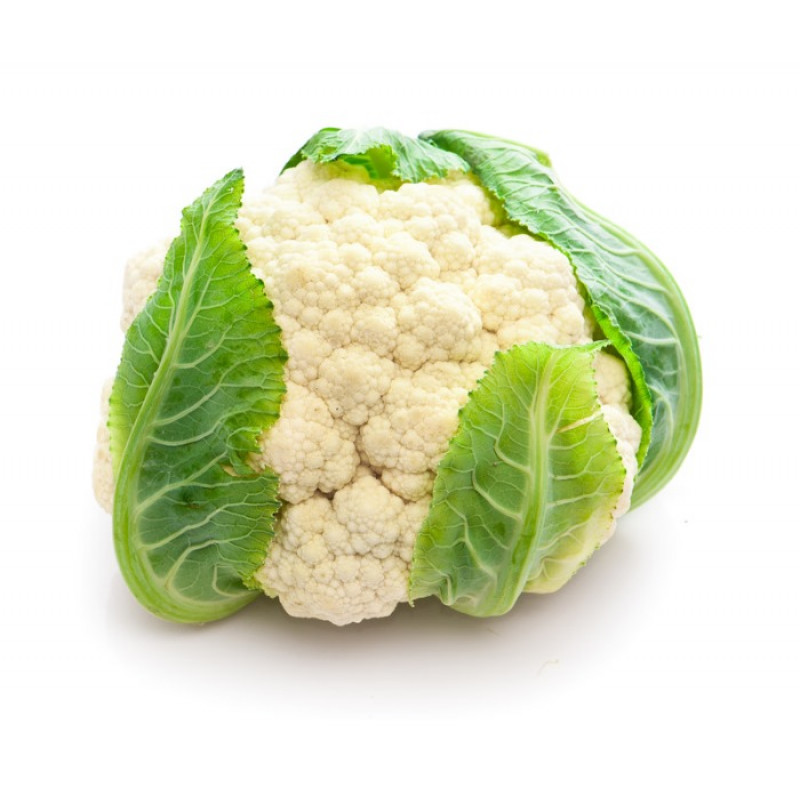
Ingredients: serves 6
- For the roast veg:
- 2 courgette, sliced
- 2 aubergine, sliced
- 2-3 peppers, red & yellow, sliced
- 20g baby spinach, washed
- For the cauliflower bechamel sauce:
- 1 head cauliflower, small florets
- 300ml milk (of choice)
- A pinch nutmeg
- 80g ground almonds
- For the tomato sauce:
- 2 tins plum tomatoes (400g each)
- 8 spring onions,
- 3 cloves garlic
- a handful fresh basil leaves and stalks chopped
- Oil to cook
- Salt and pepper
- To construct:
- 12 lasagne sheets (230g)
- 70g grated cheese to sprinkle
Method:
Step 1: Preheat the oven 180ºC.
For the veg: Slice the courgette, aubergine and peppers into flat strips. Put them on a baking tray and season with salt and pepper, drizzle oil all over and roast in the oven for 40 minutes until soft.
Step 2: For the cauliflower bechamel sauce: Put the cauliflower florets in a pot of boiling salty water and cook until soft. Transfer to a blender with the milk, nutmeg, ground almonds and blend until smooth. Taste and adjust the seasoning with salt and pepper..
Step 3: For the tomato sauce: In a wide pot add a tablespoon of oil, add the sliced spring onions and chopped garlic and cook for a few minutes to soften. Add the 2 tins of chopped tomatoes, salt and pepper. Simmer and cook for 20 minutes. Add the chopped basil stalks, give the sauce a quick blend with a hand blender.
Step 4: Construct the lasagne: in a large baking tray spread a tin layer of tomato sauce at the bottom, top with pasta sheets, layer roast veggies, spinach, and then the white sauce. Repeat finishing with the white sauce and topping with the grated cheese.
Step 5: Bake in the oven at 180ºC for 50 minutes. Allow to cook and set then slice and serve.
